After several months of waiting, we finally got it - Apple has just presented the expected iPhone 13 and iPhone 13 mini. In addition, as expected for a long time, this year's generation comes with a number of interesting novelties that definitely demand attention. So let's take a look together at the changes that the Cupertino giant has prepared for us this year. Definitely worth it.
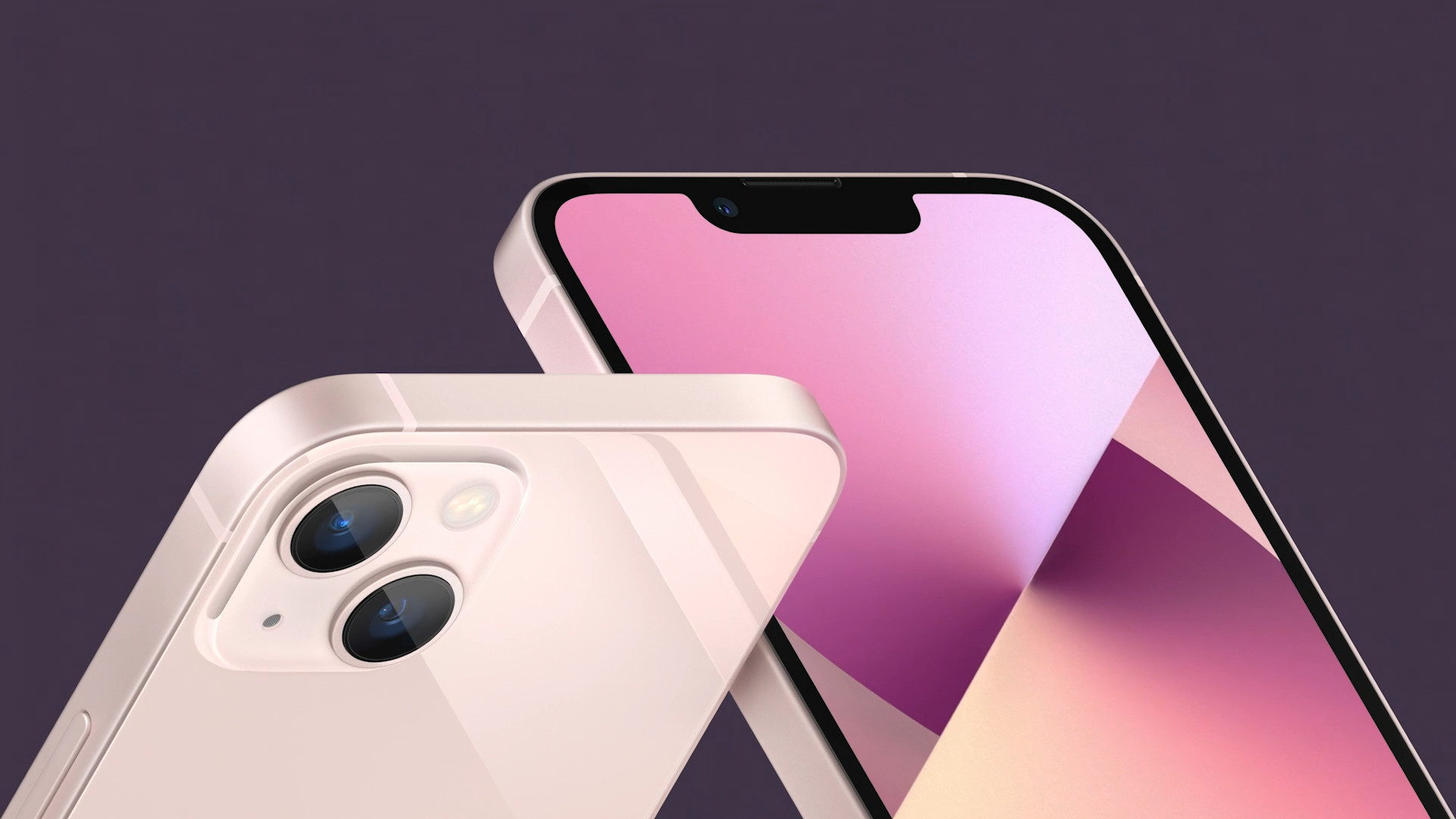
In terms of design, Apple is betting on the appearance of last year's "twelves," which people fell in love with almost immediately. In any case, the first change can be observed when looking at the rear photo module, where two lenses are lined up diagonally. Another interesting novelty comes in the case of the long-criticized display cutout. Although we unfortunately did not get to see its complete removal, we can at least look forward to a partial reduction. However, all the necessary components of the TrueDepth camera for Face ID have been retained.
The Super Retina XDR (OLED) display has also improved, which is now up to 28% brighter with a brightness of up to 800 nits (it is even 1200 nits for HDR content). An interesting change also came in the case of individual components. As Apple rearranged them inside the device, it was able to gain space for a larger battery.
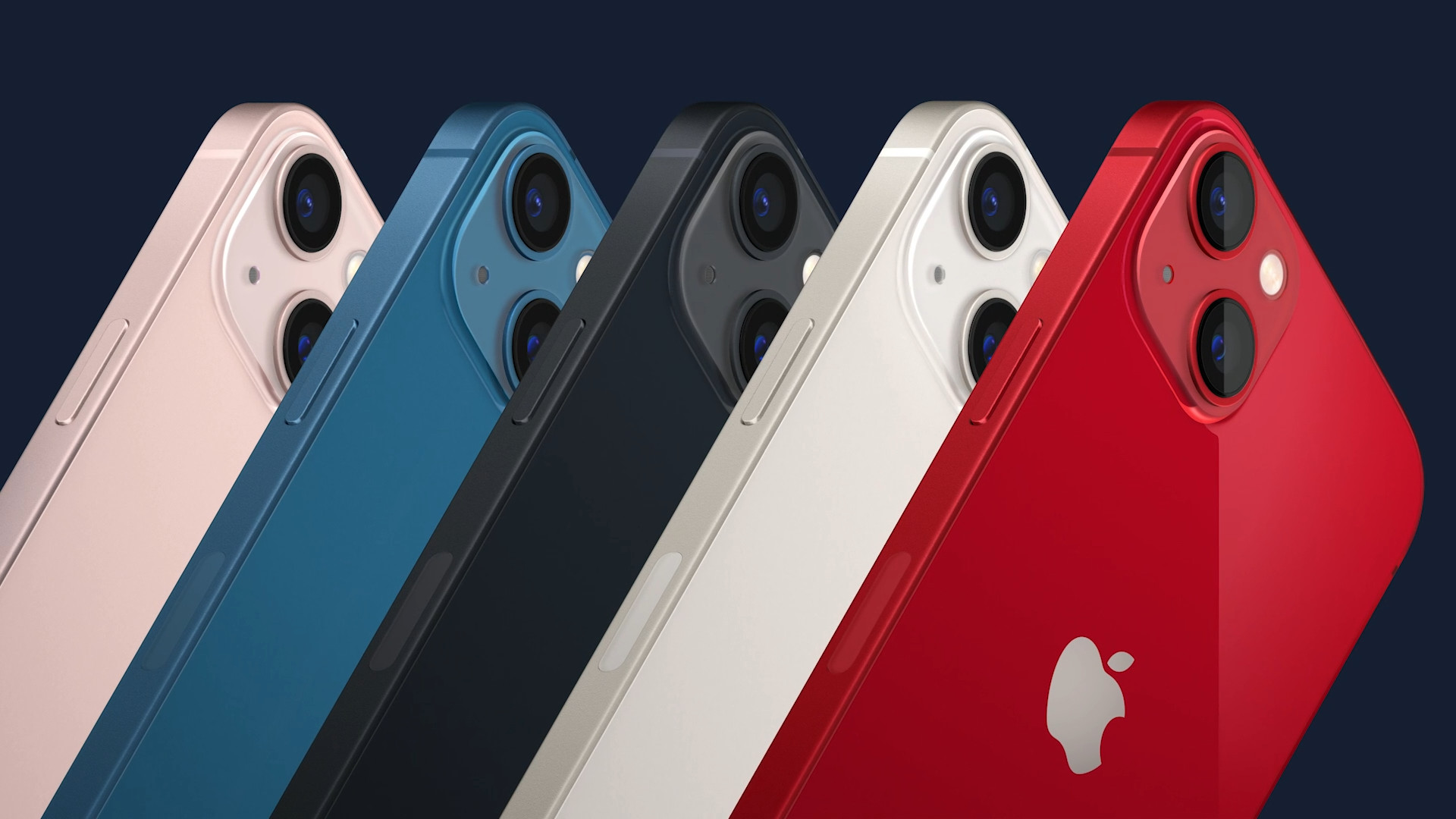
In terms of performance, Apple again escapes the competition. He did this by implementing the Apple A15 Bionic chip, which is based on the 5nm production process and is significantly more powerful and economical compared to its predecessor. In total, it is powered by 15 billion transistors forming 6 CPU cores (of which 2 are powerful and 4 are energy-saving). This makes the chip 50% faster than the most powerful competition. The graphics performance is then taken care of by a 4-core graphics processor. It is then 30% faster compared to the competition. Of course, the chip also includes a 16-core Neural Engine. In short, the A15 Bionic chip can handle up to 15,8 trillion operations per second. Of course, it also supports 5G.
The camera was not forgotten either. The latter again uses the capabilities of the A15 chip, namely its ISP component, which generally improves the photos themselves. The main wide-angle camera offers a resolution of 12 MP with an aperture of f/1.6. The Cupertino giant has also improved night photos with the iPhone 13, which are significantly better thanks to better light processing. An ultra-wide-angle camera with 12 MP resolution, 120° field of view and f/2.4 aperture is used as another lens. In addition, both sensors offer a night mode and there is a 12MP camera on the front.
Anyway, it's more interesting in the case of video. Apple phones already offer the best video in the world, which is now taking it a step further. The brand new Cinematic Mode is coming. It works practically like a portrait mode and will allow apple-pickers to use selective focusing during the filming itself – specifically, it can focus on the object and hold on to it even in motion. Then, of course, there is support for HDR, Dolby Vision and the possibility of shooting 4K video at 60 frames per second (in HDR).
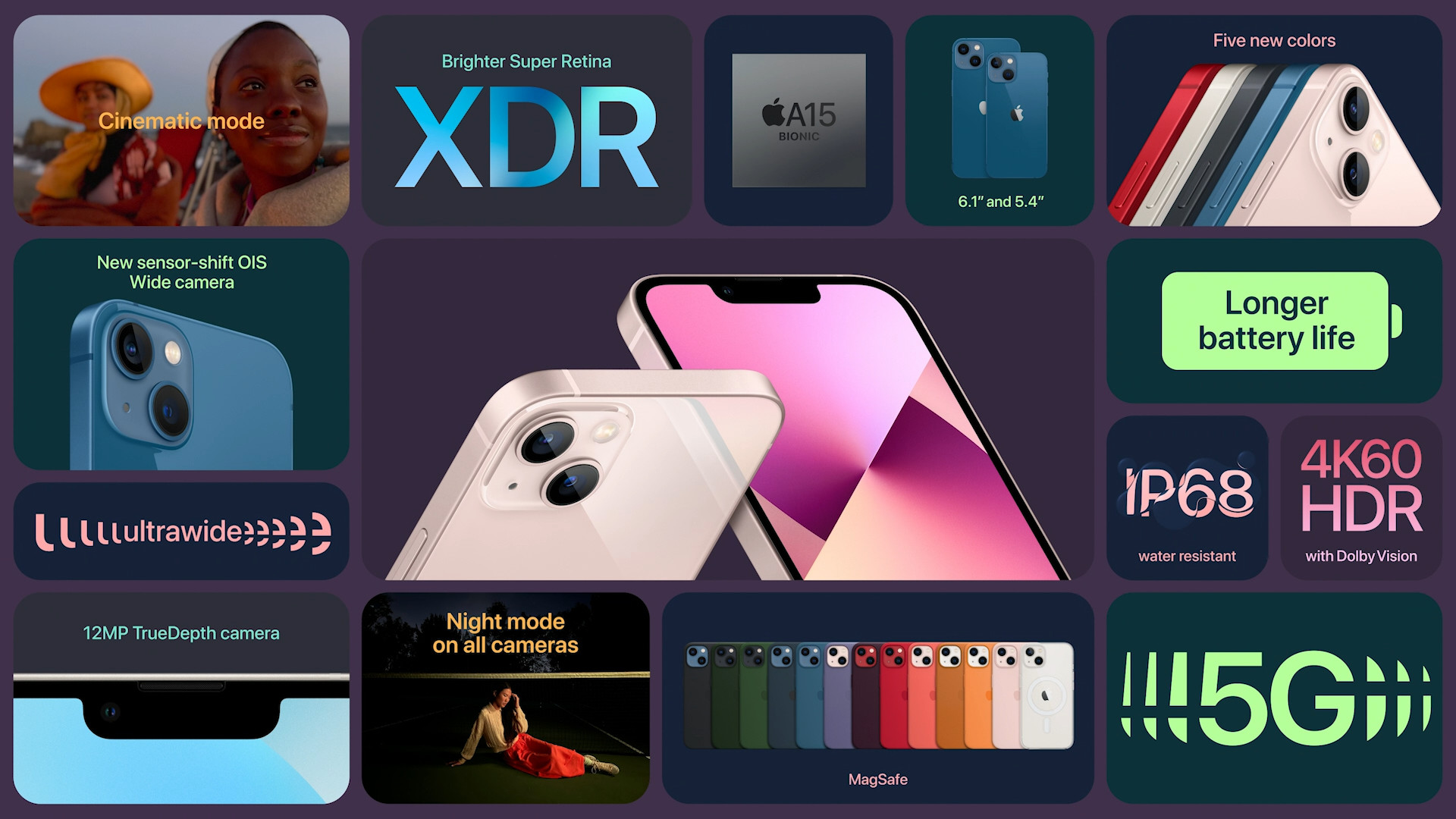
As mentioned above, thanks to the reorganization of internal components, Apple was able to increase the battery of the device. It's also an interesting improvement compared to last year's iPhone 12. The smaller iPhone 13 mini will offer 1,5 hours longer endurance and the iPhone 13 up to 2,5 hours longer endurance.
Availability and price
In terms of storage, the new iPhone 13 (mini) will start at 128 GB, instead of the 64 GB offered by the iPhone 12 (mini). The iPhone 13 mini with a 5,4″ display will be available from $699, the iPhone 13 with a 6,1″ display from $799. Subsequently, it will be possible to pay extra for 256GB and 512GB of storage.
- Newly introduced Apple products will be available for purchase at, for example Alge, Mobile Emergency or u iStores
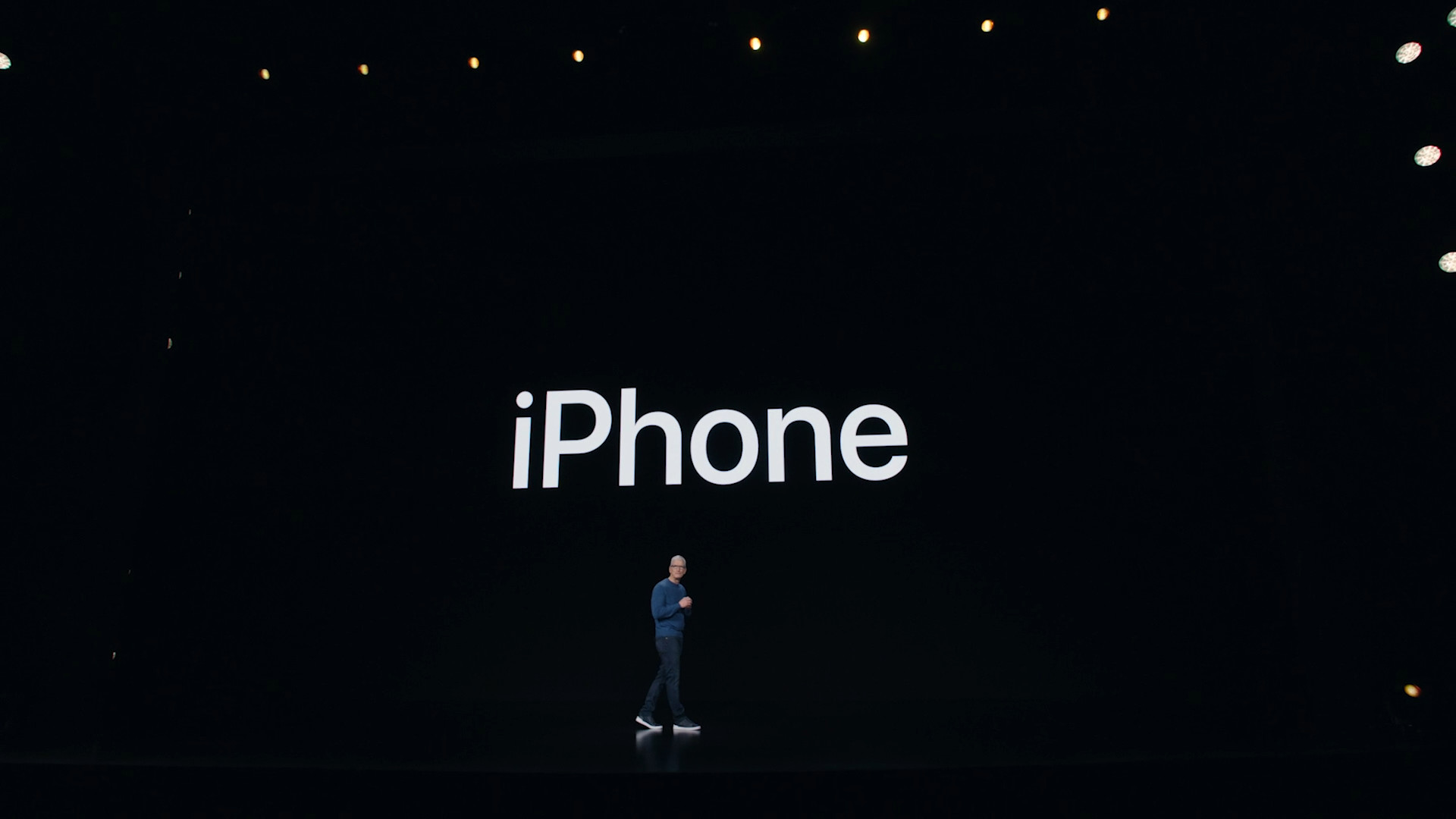



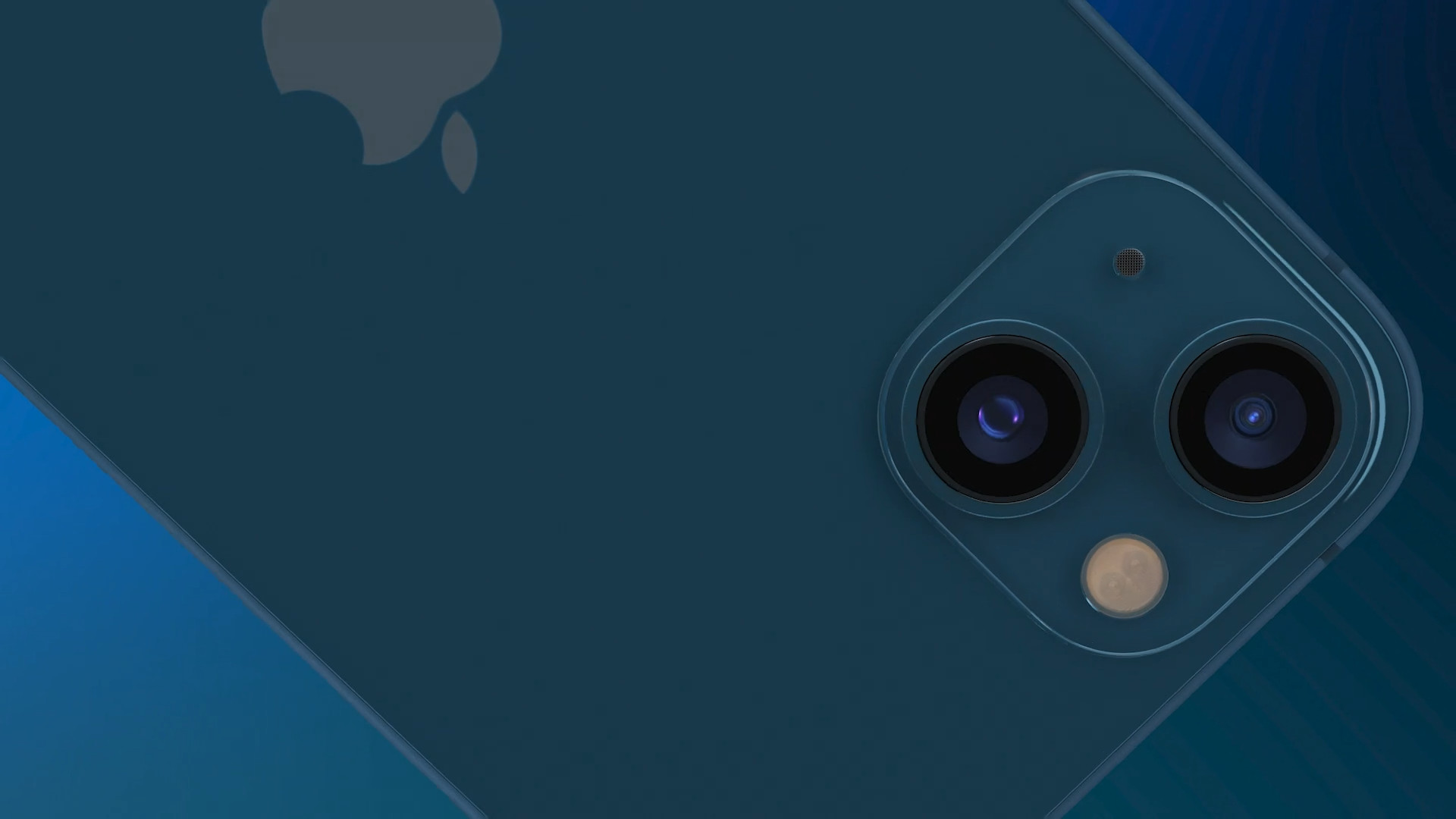
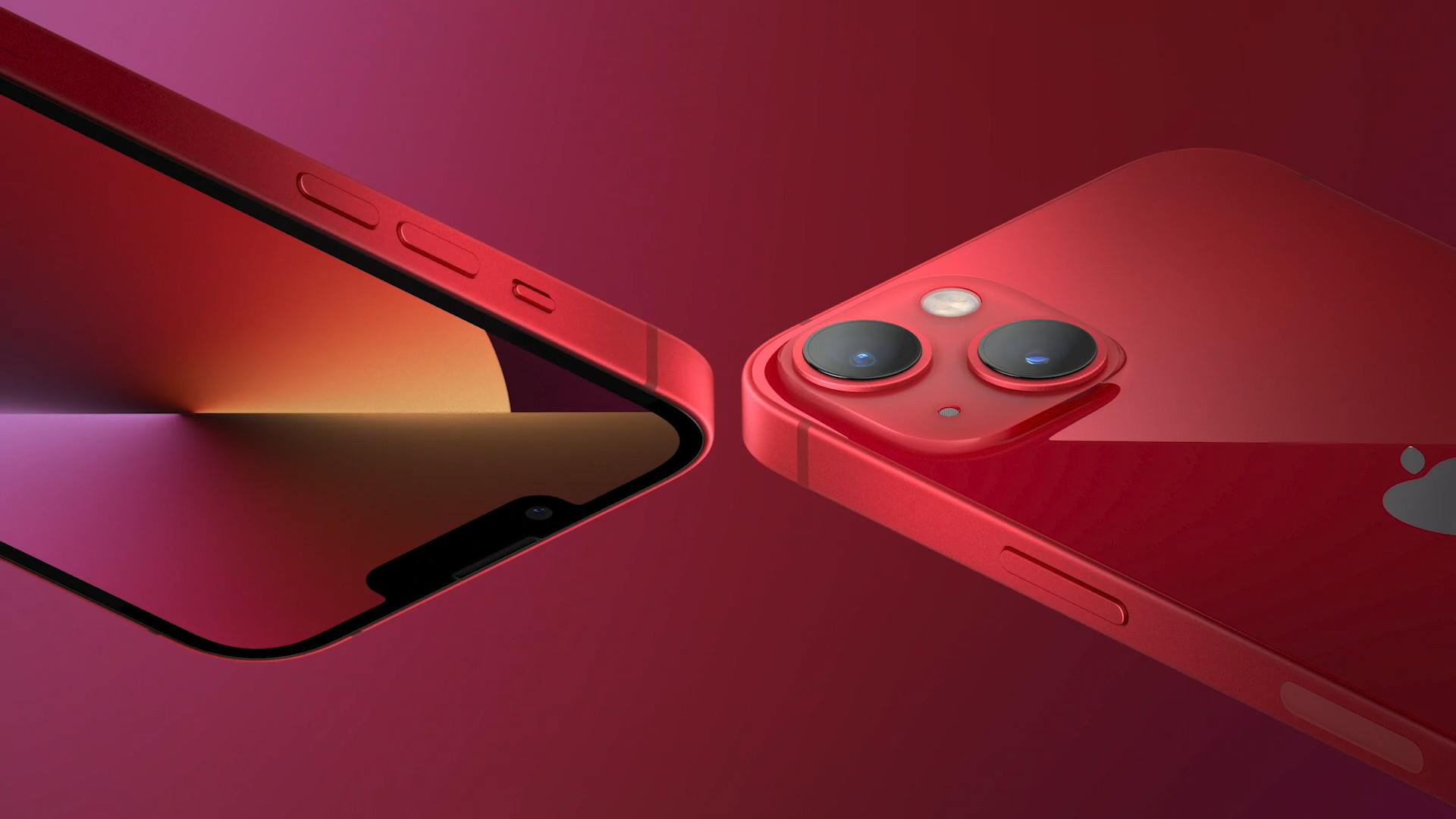
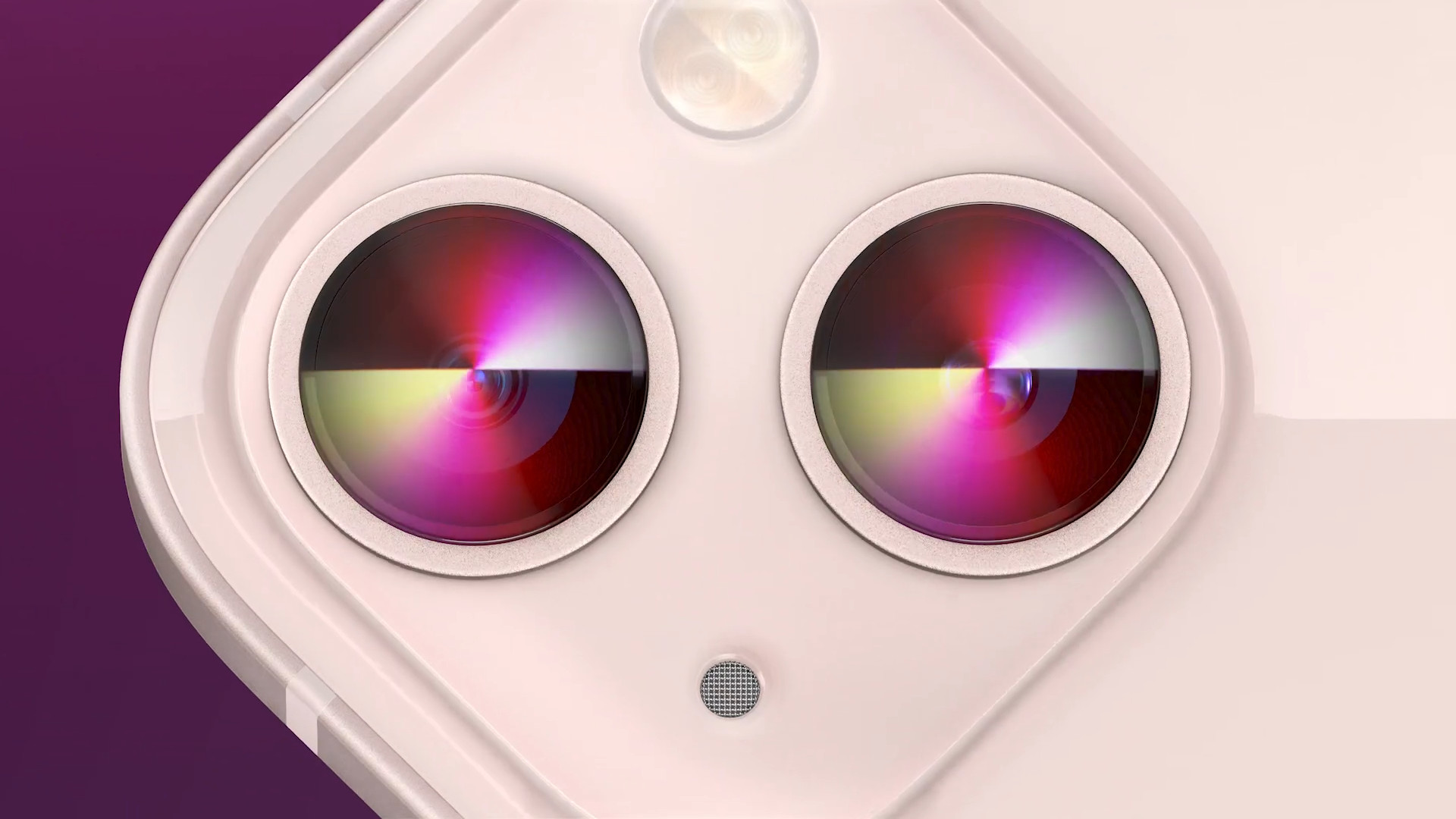
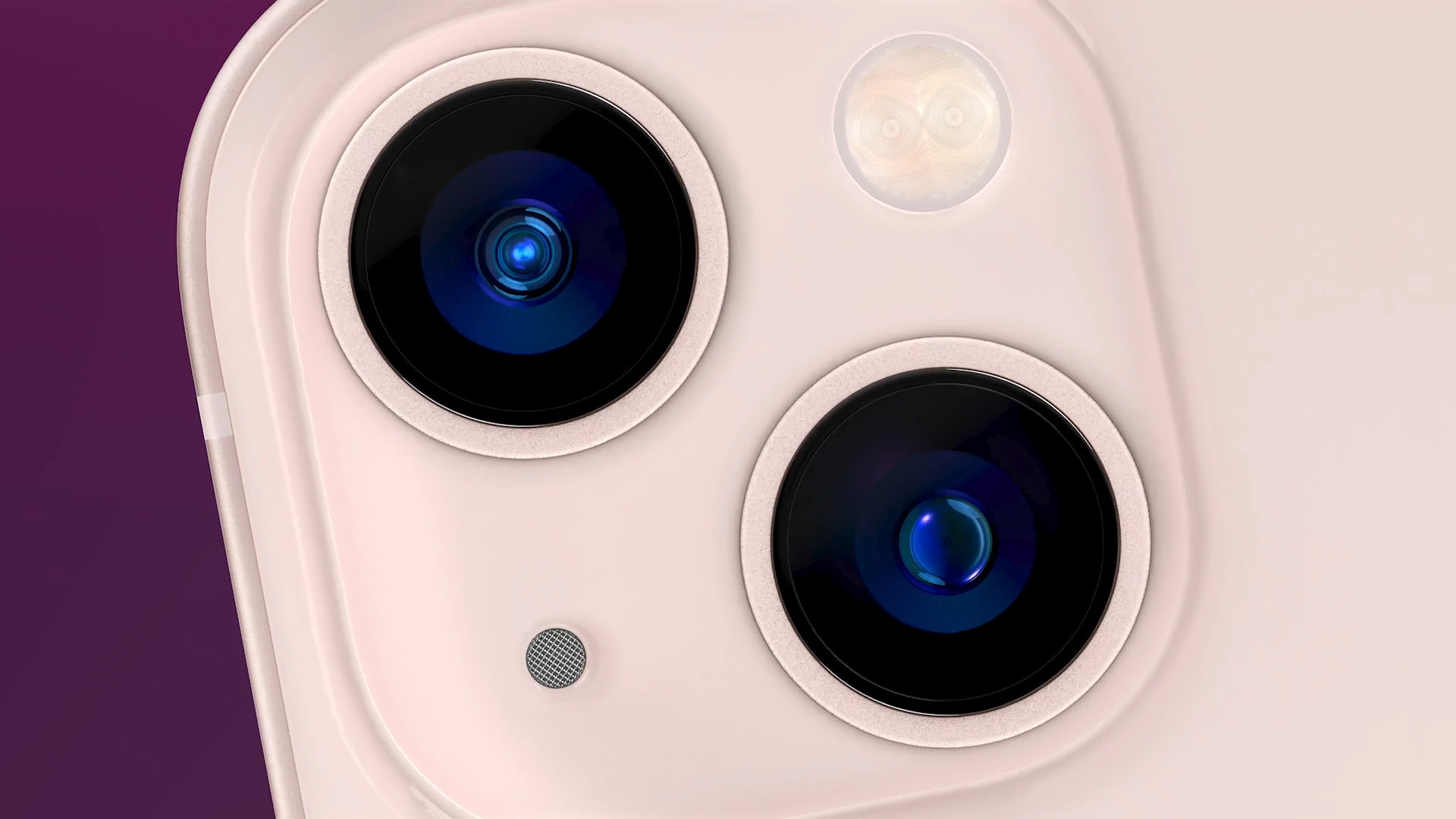

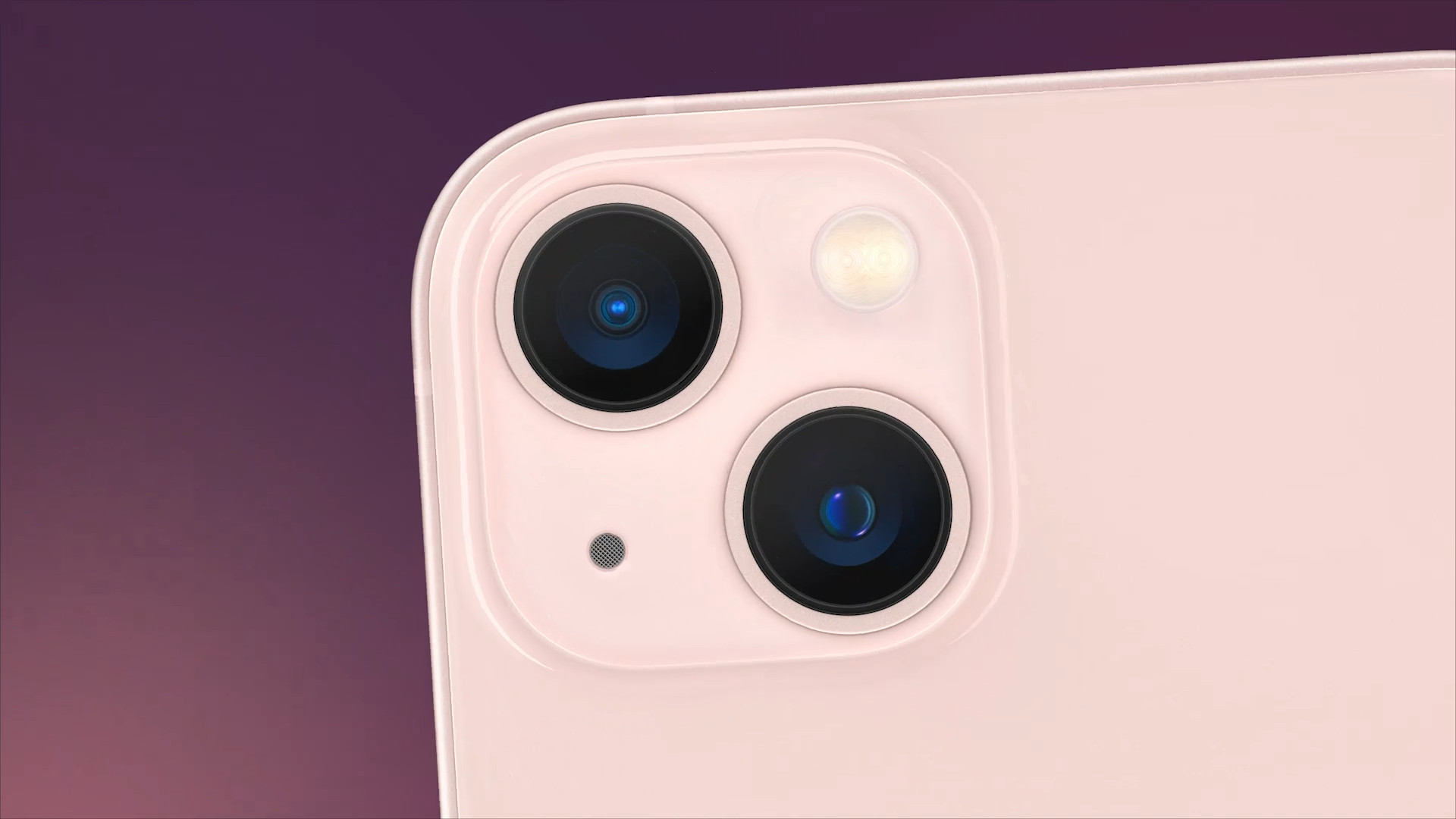

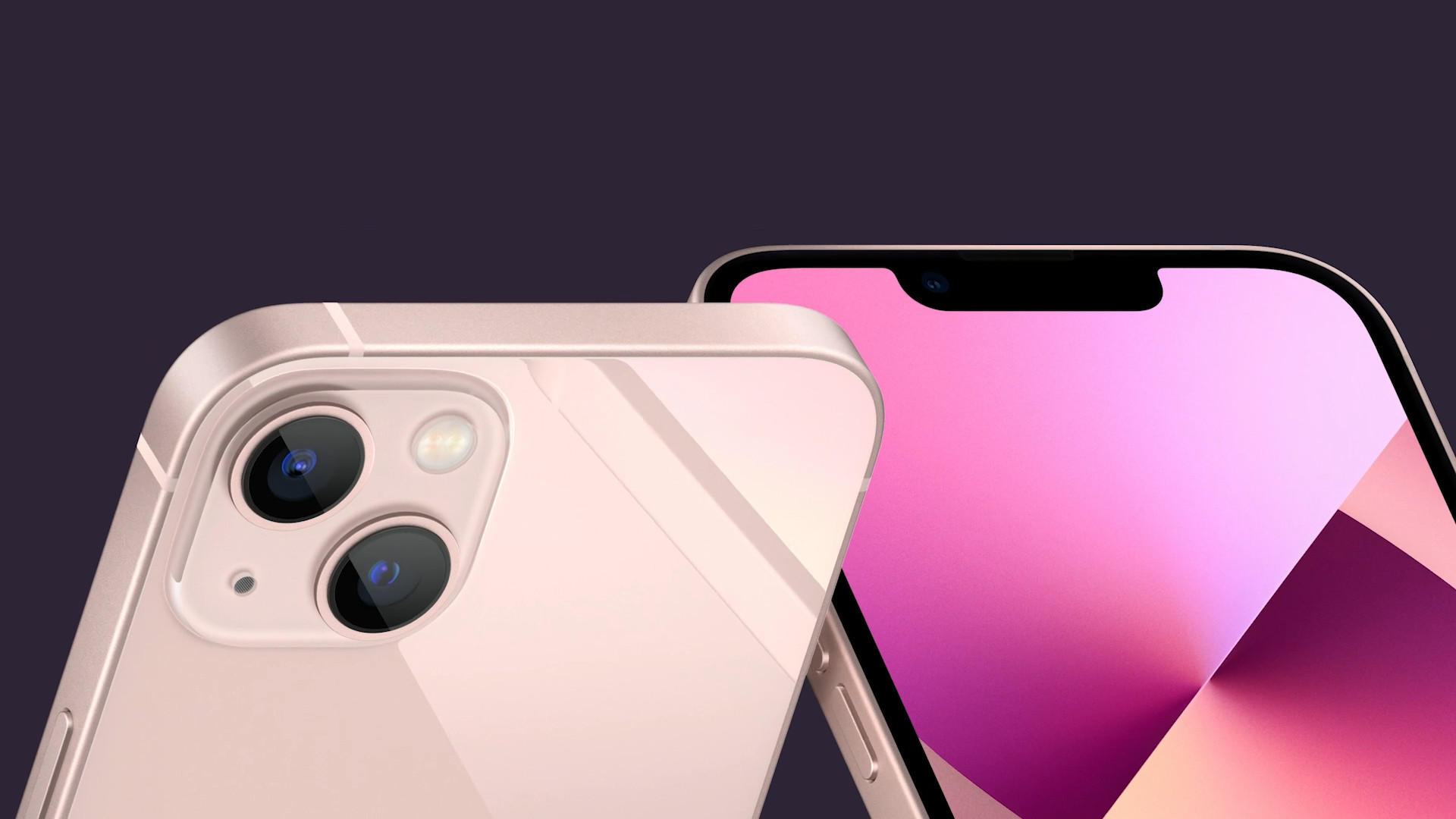
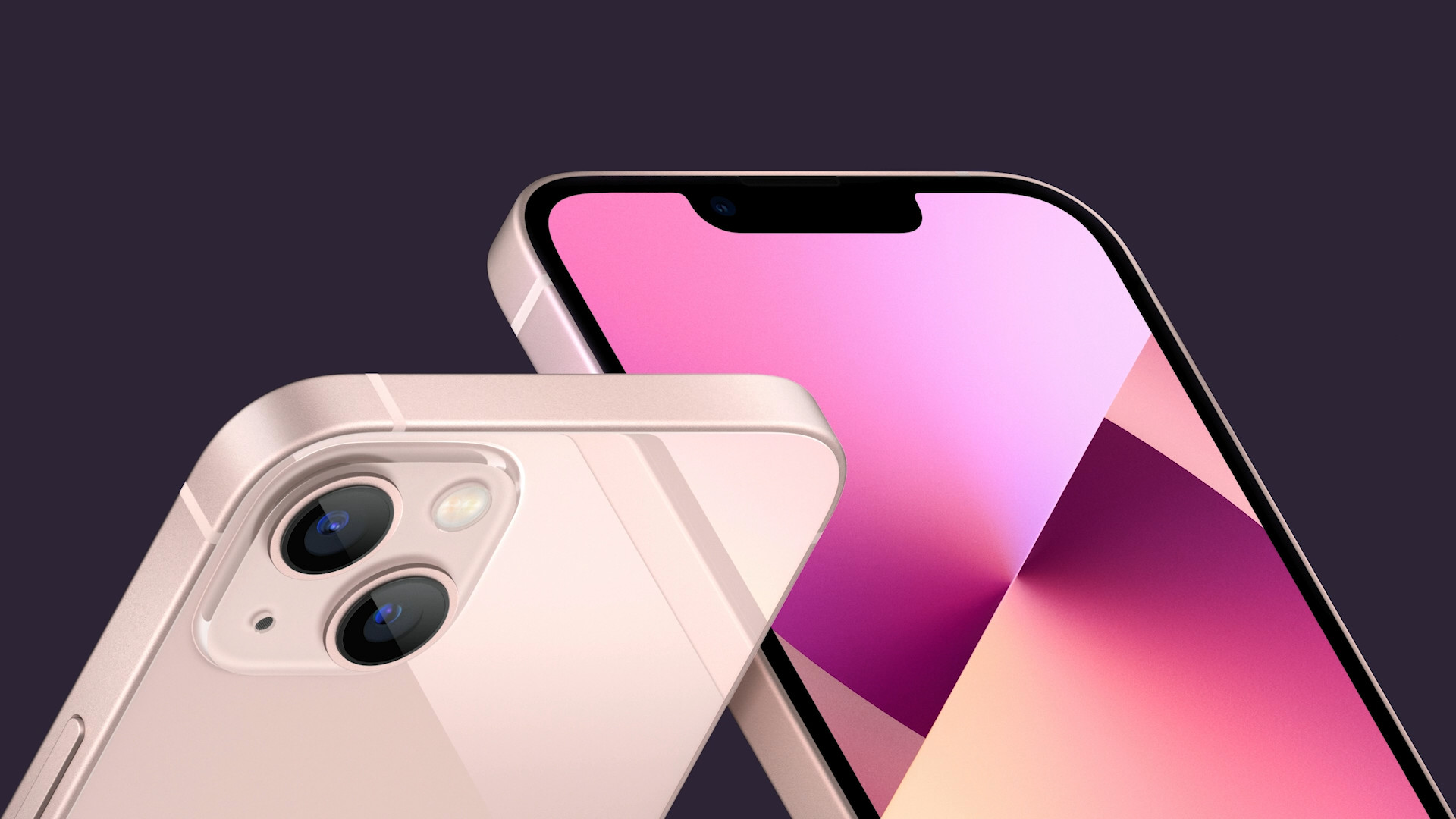
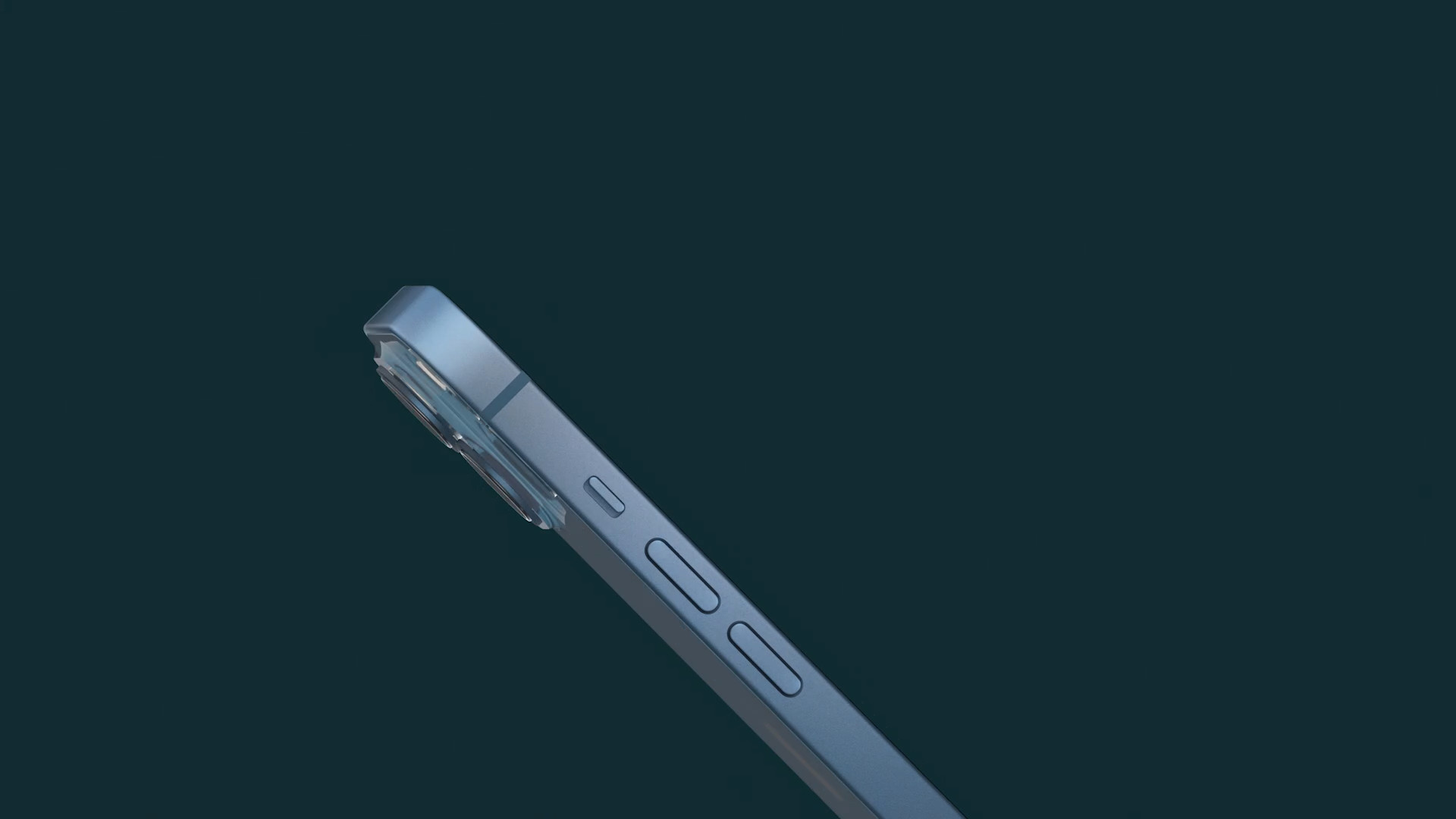
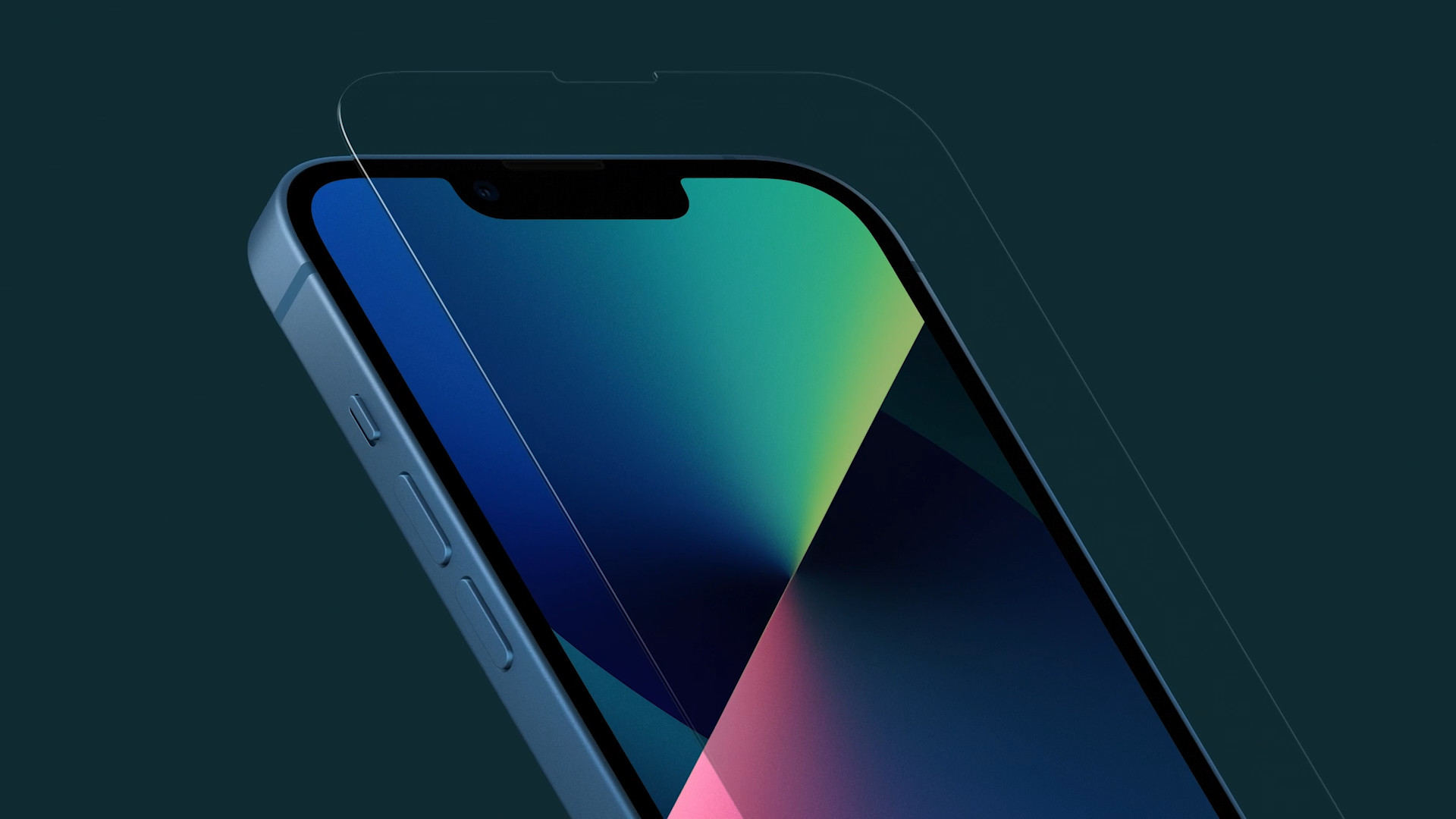
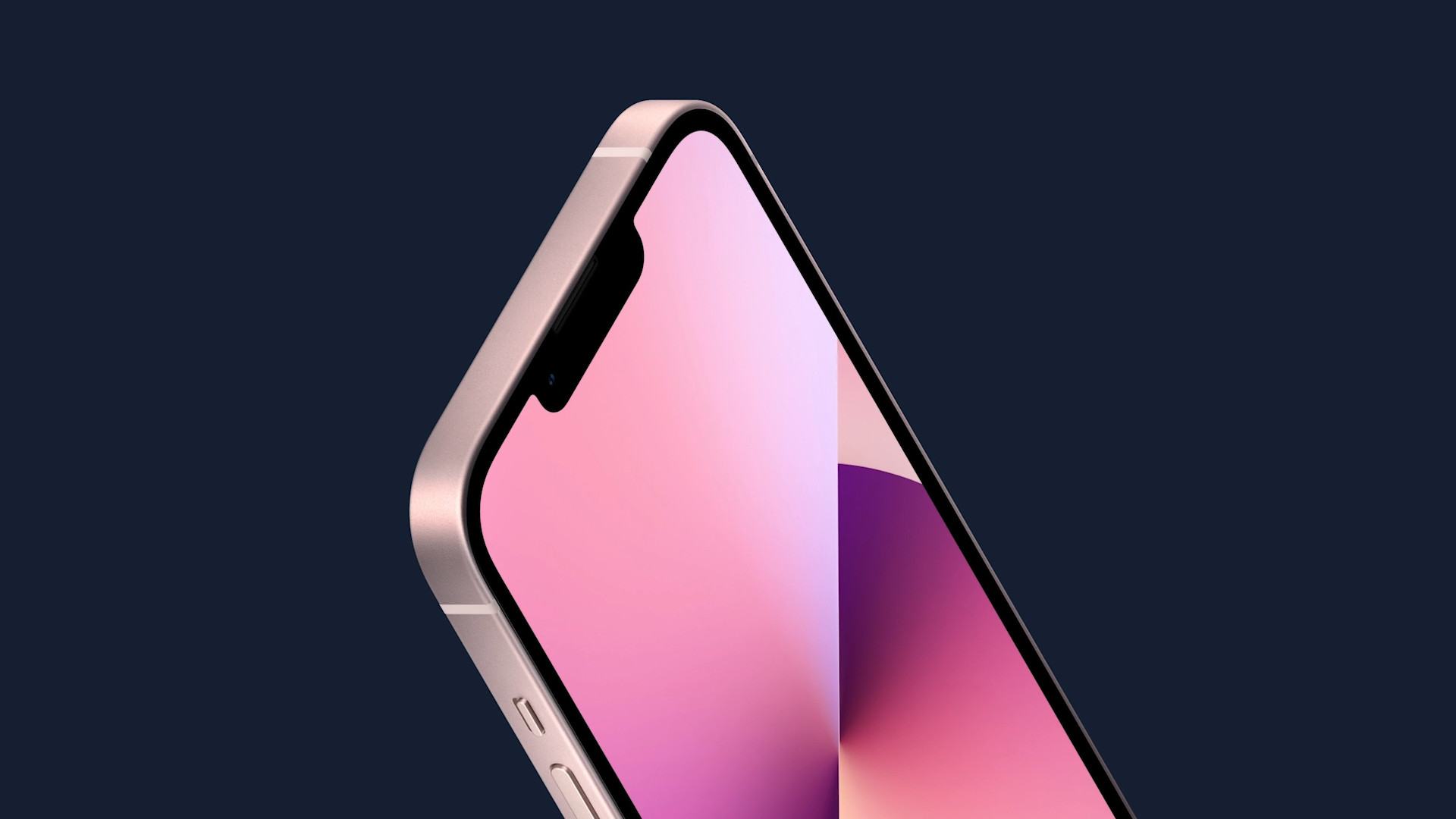
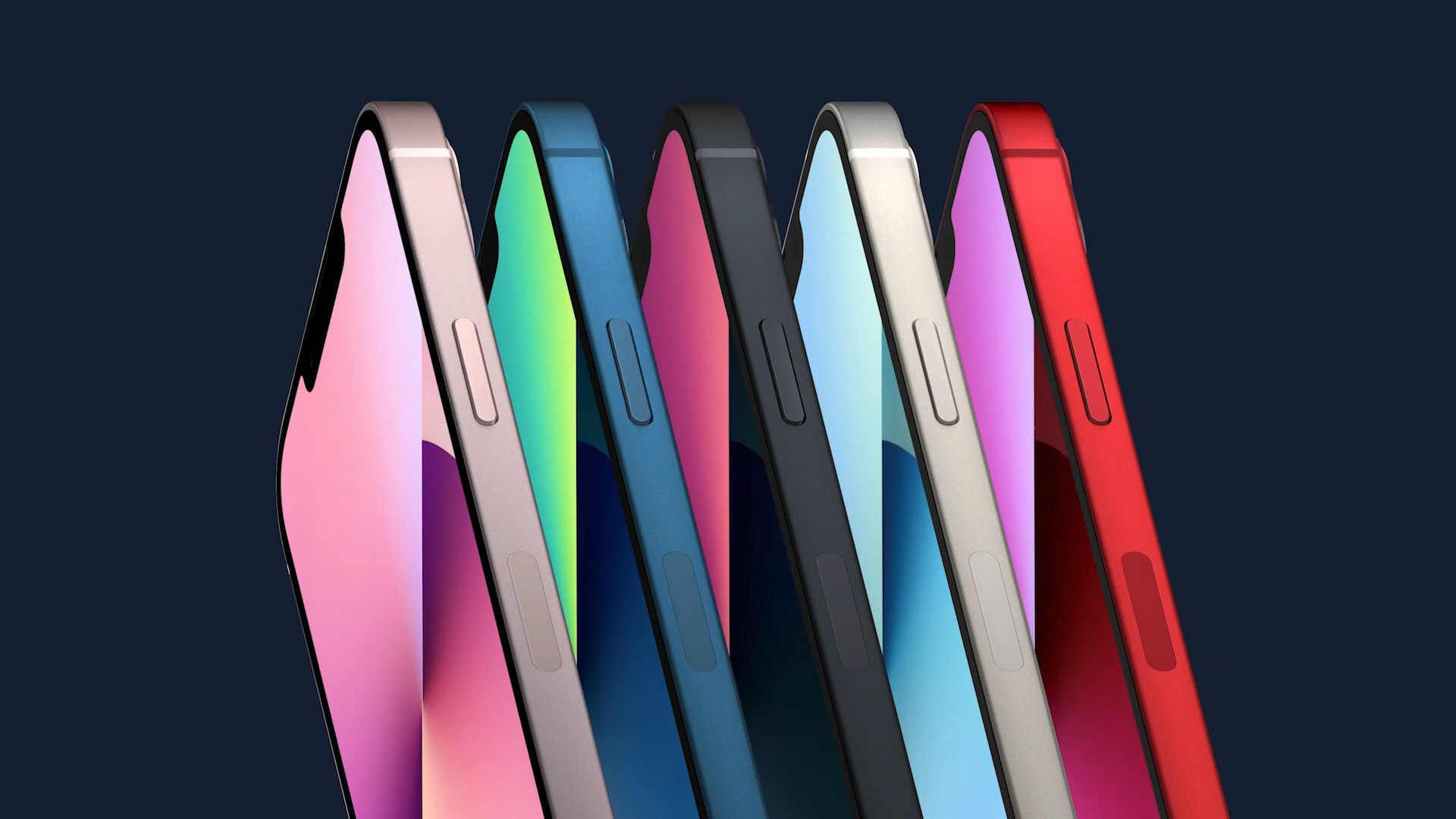
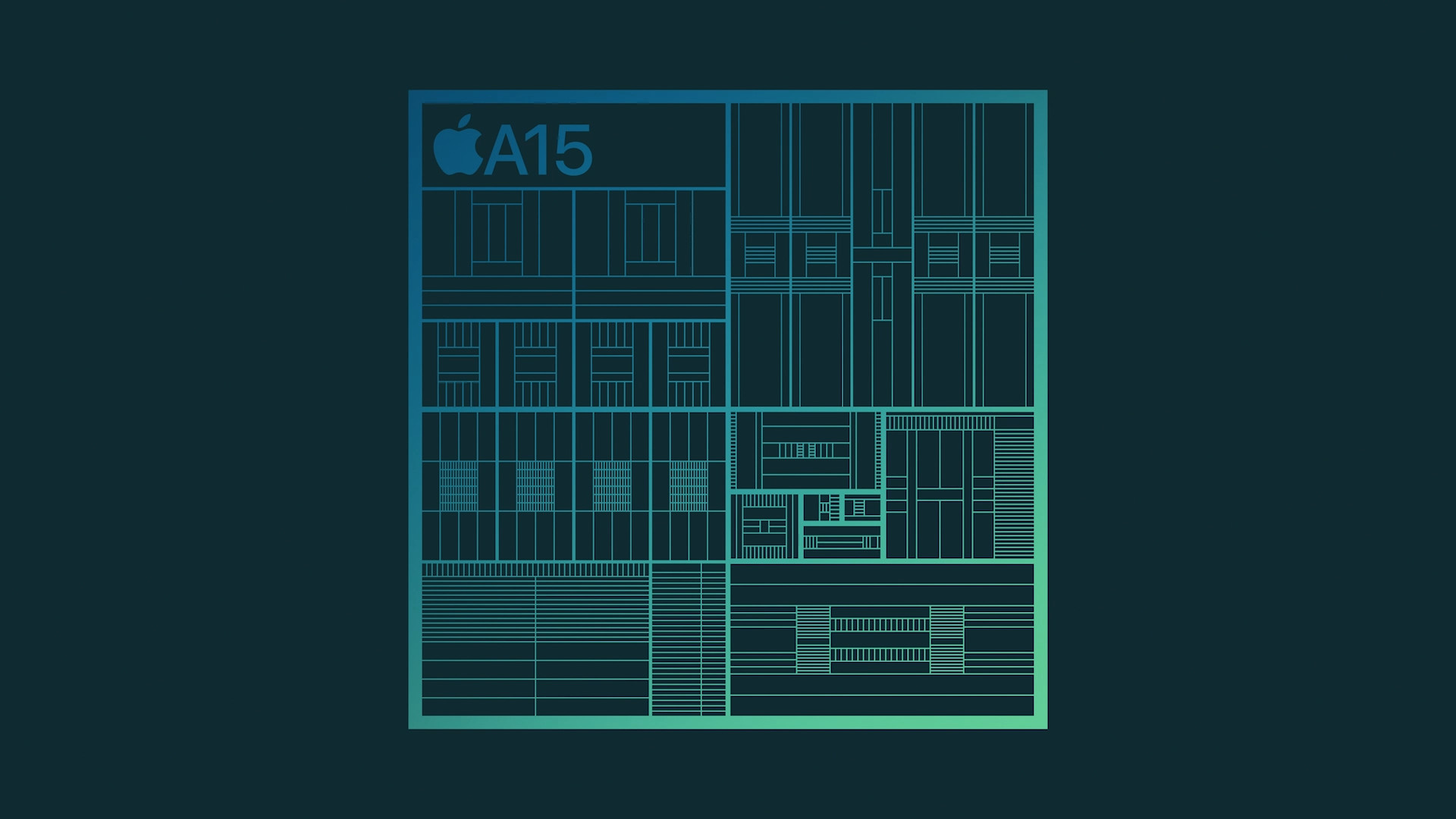
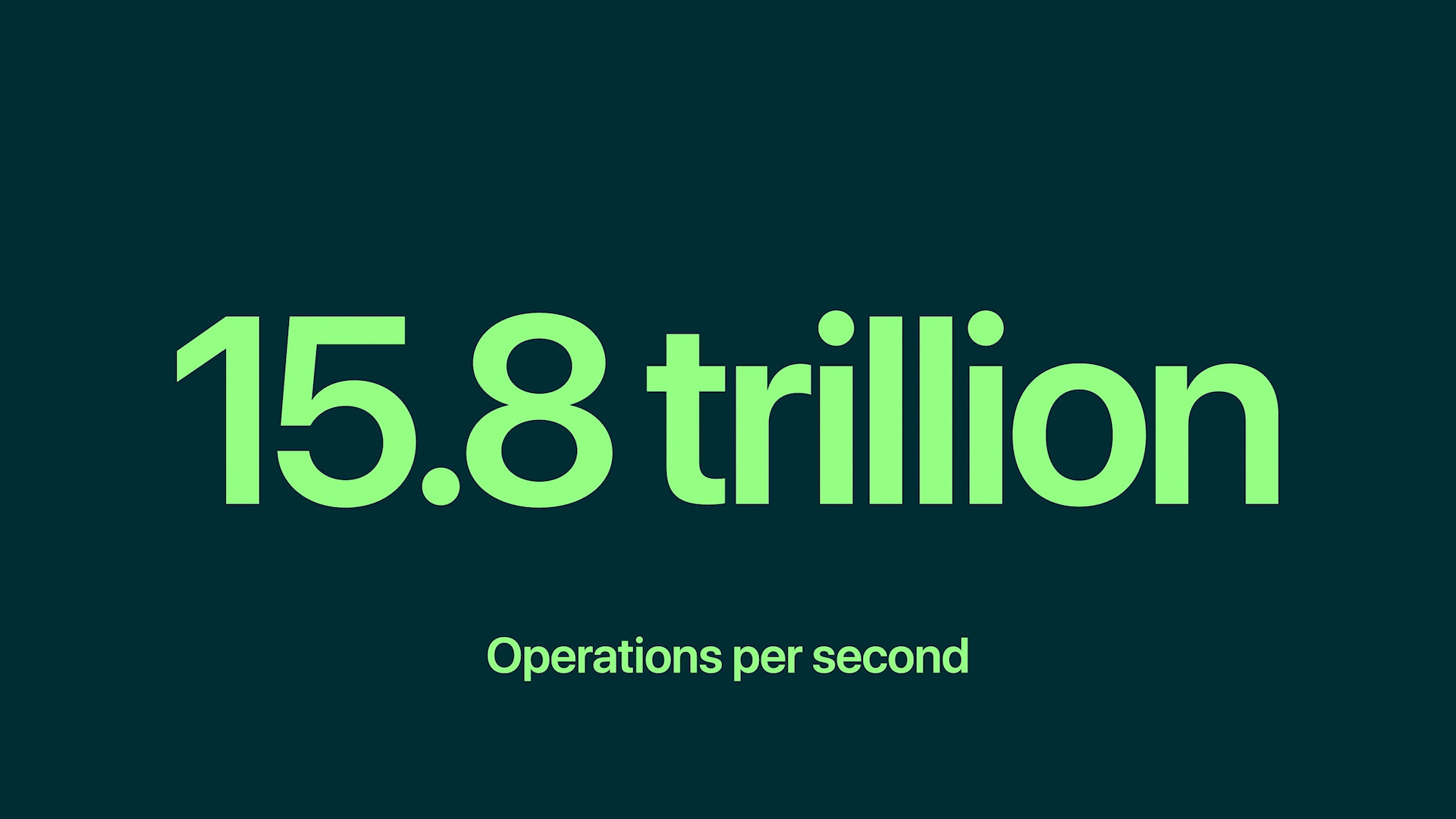

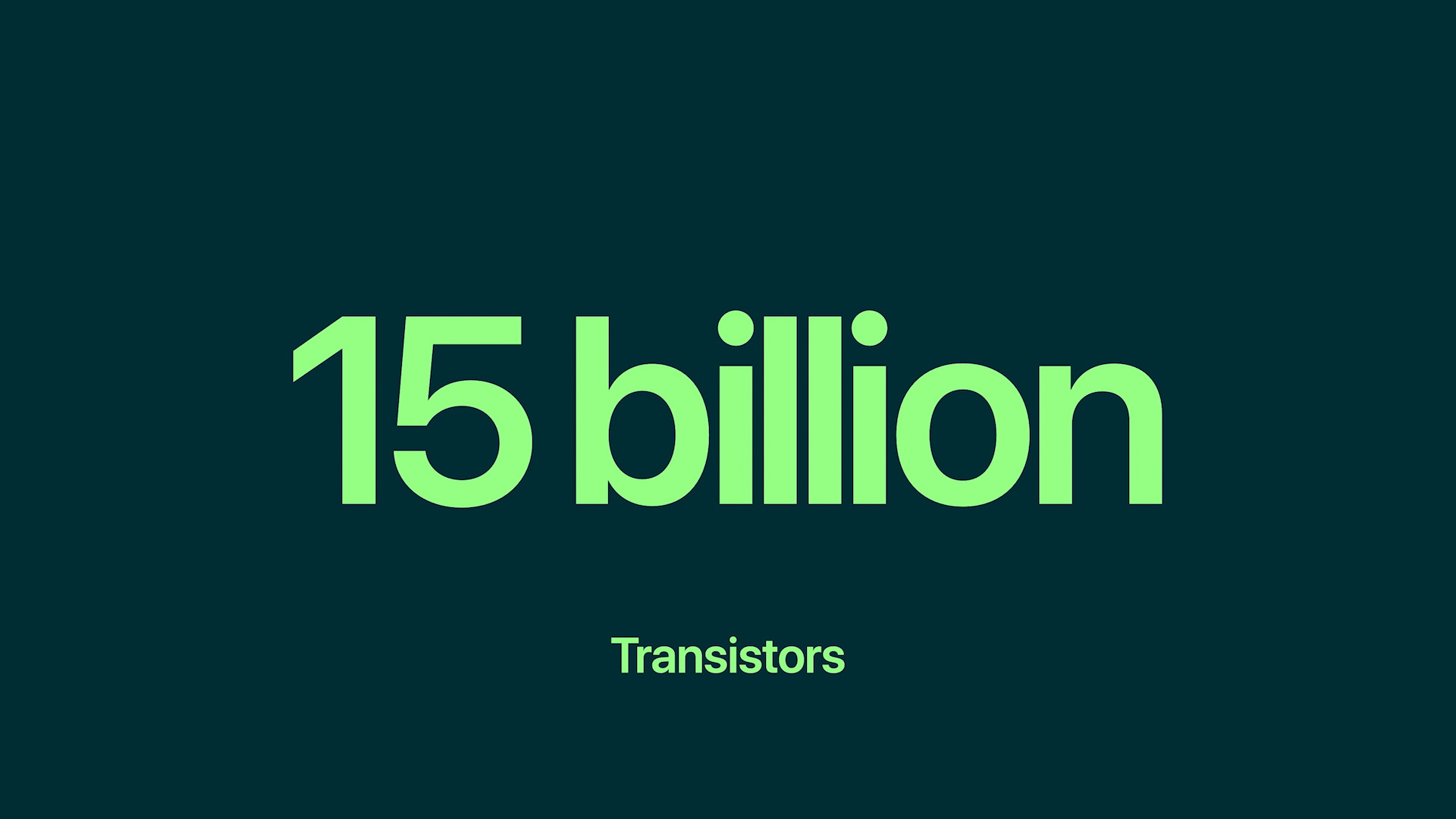
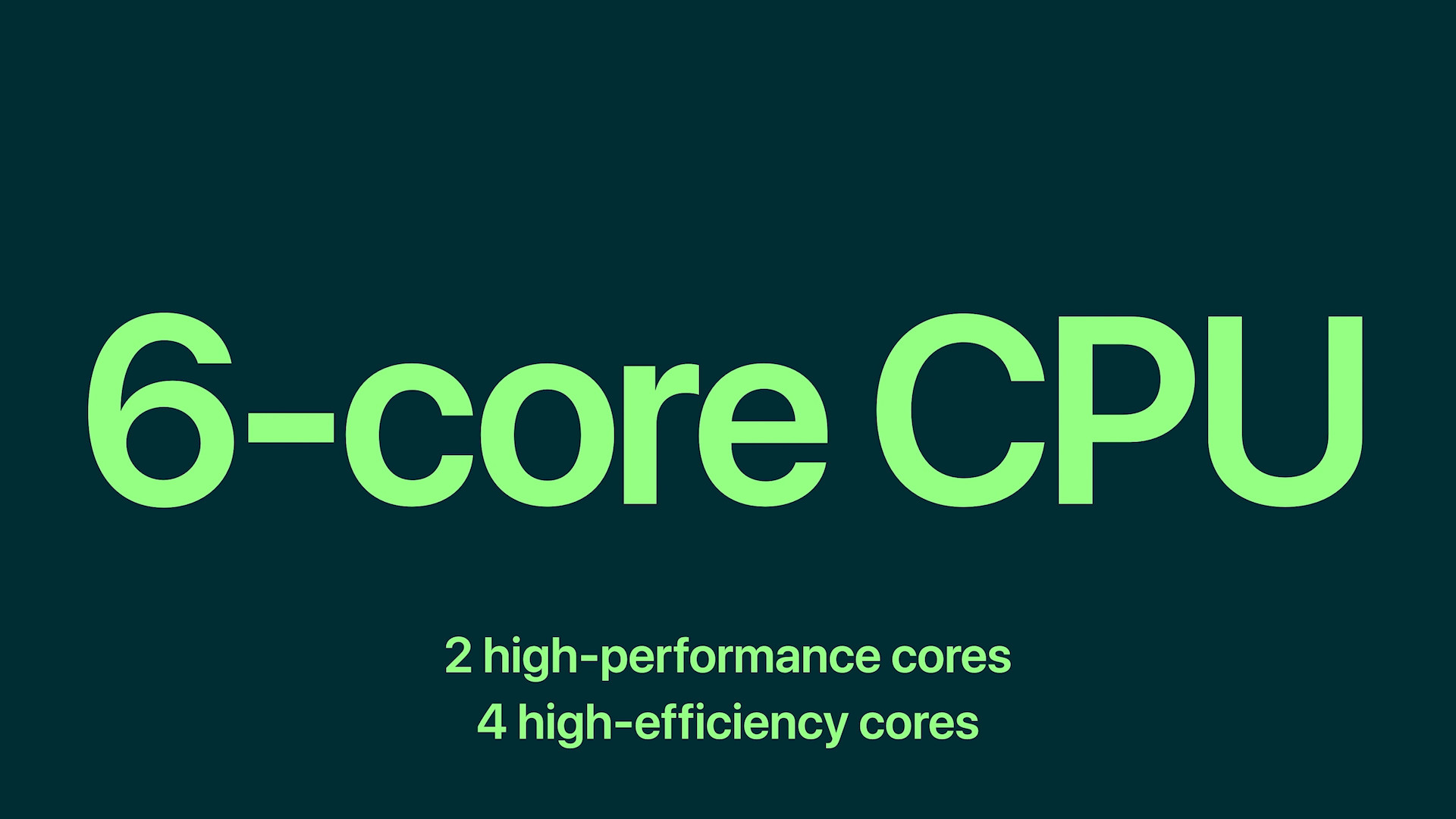
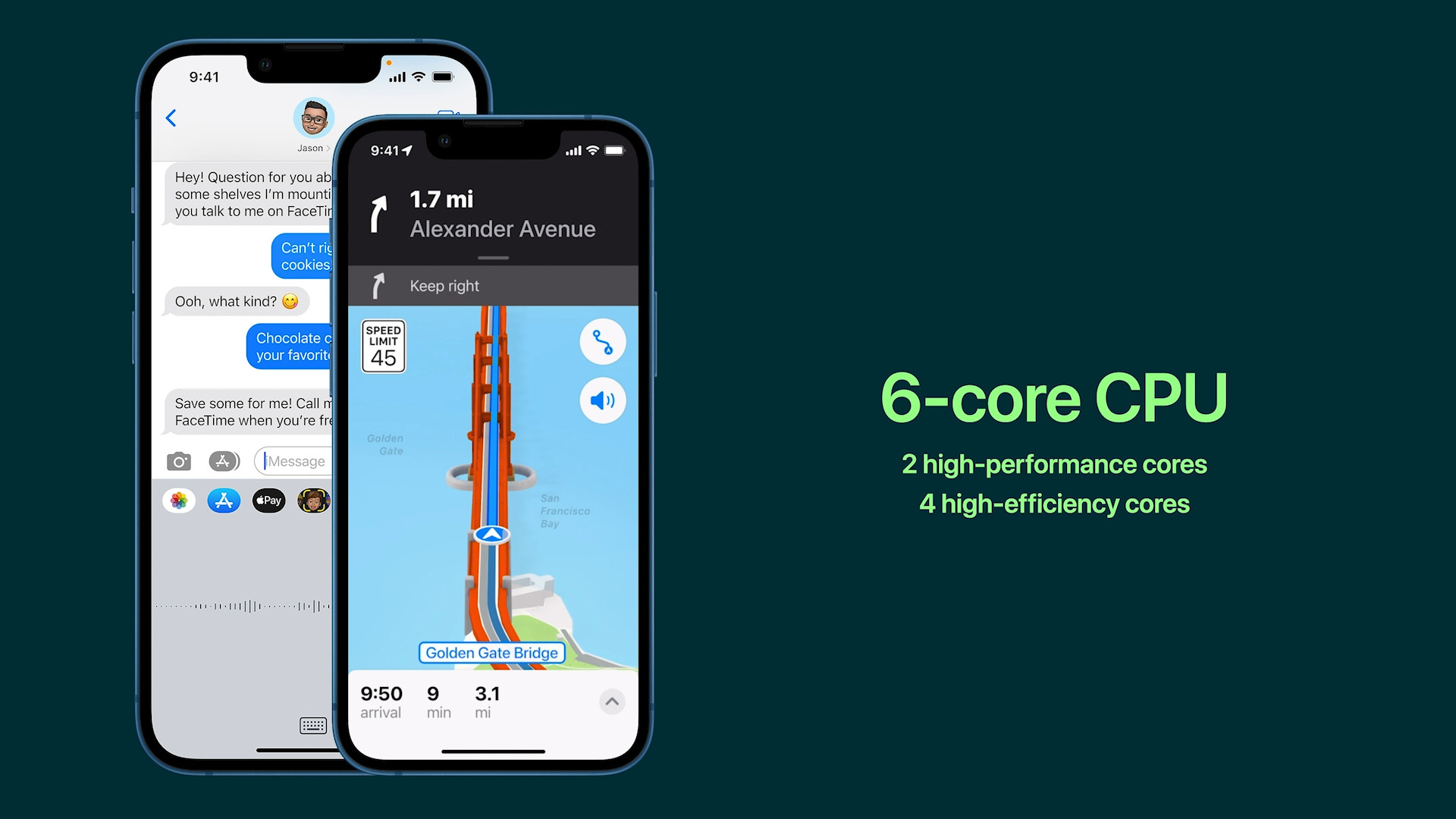
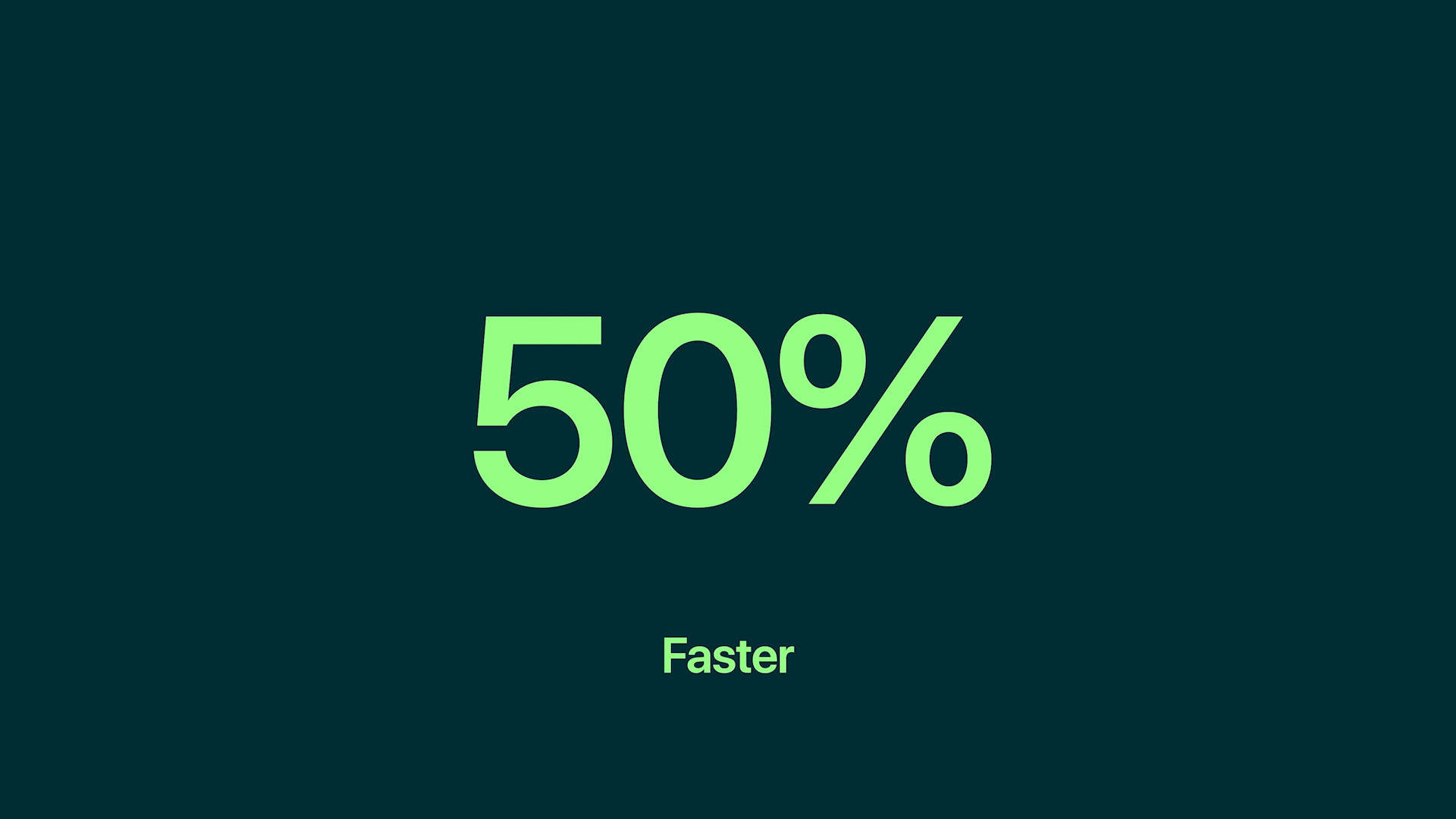
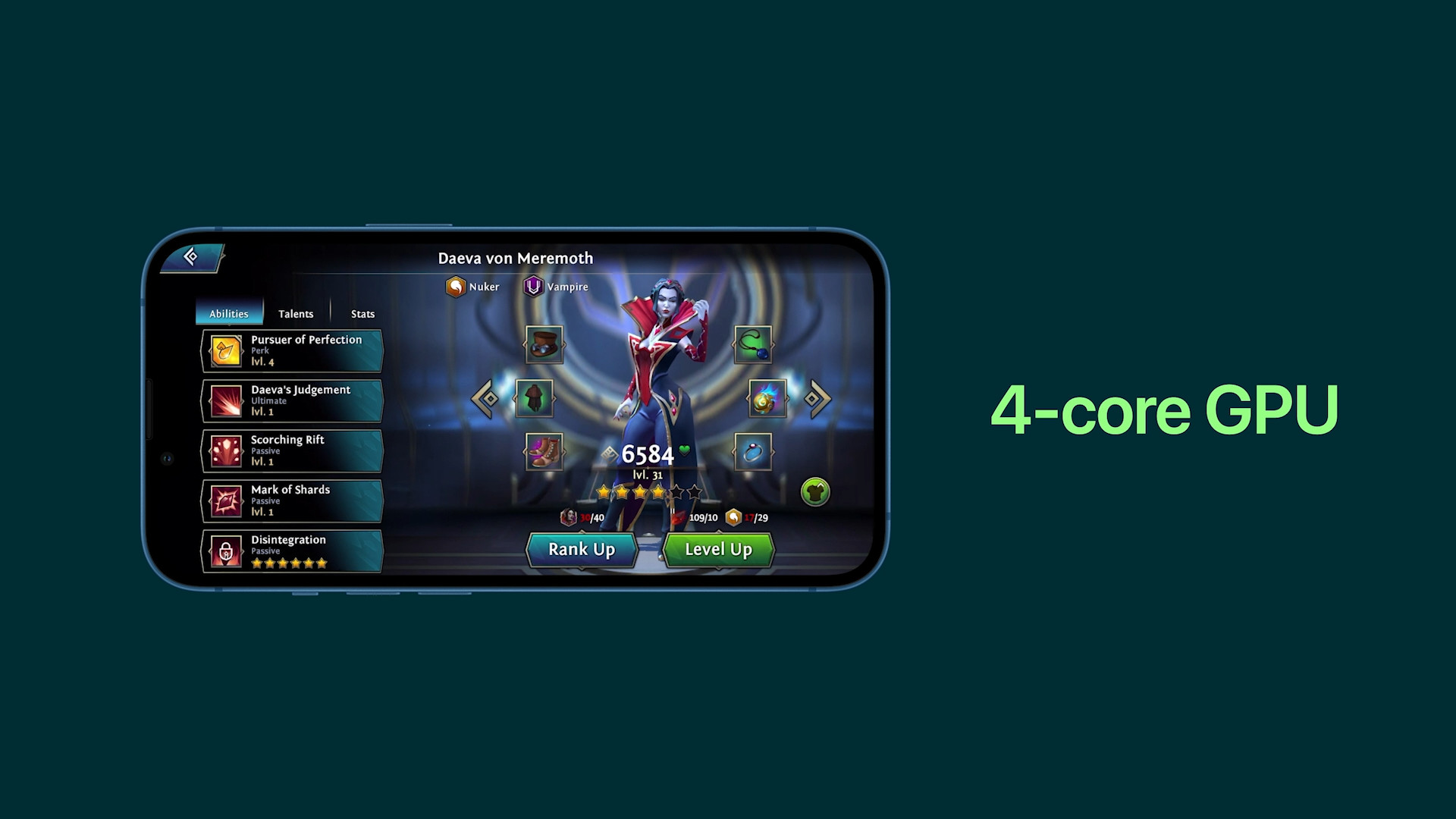
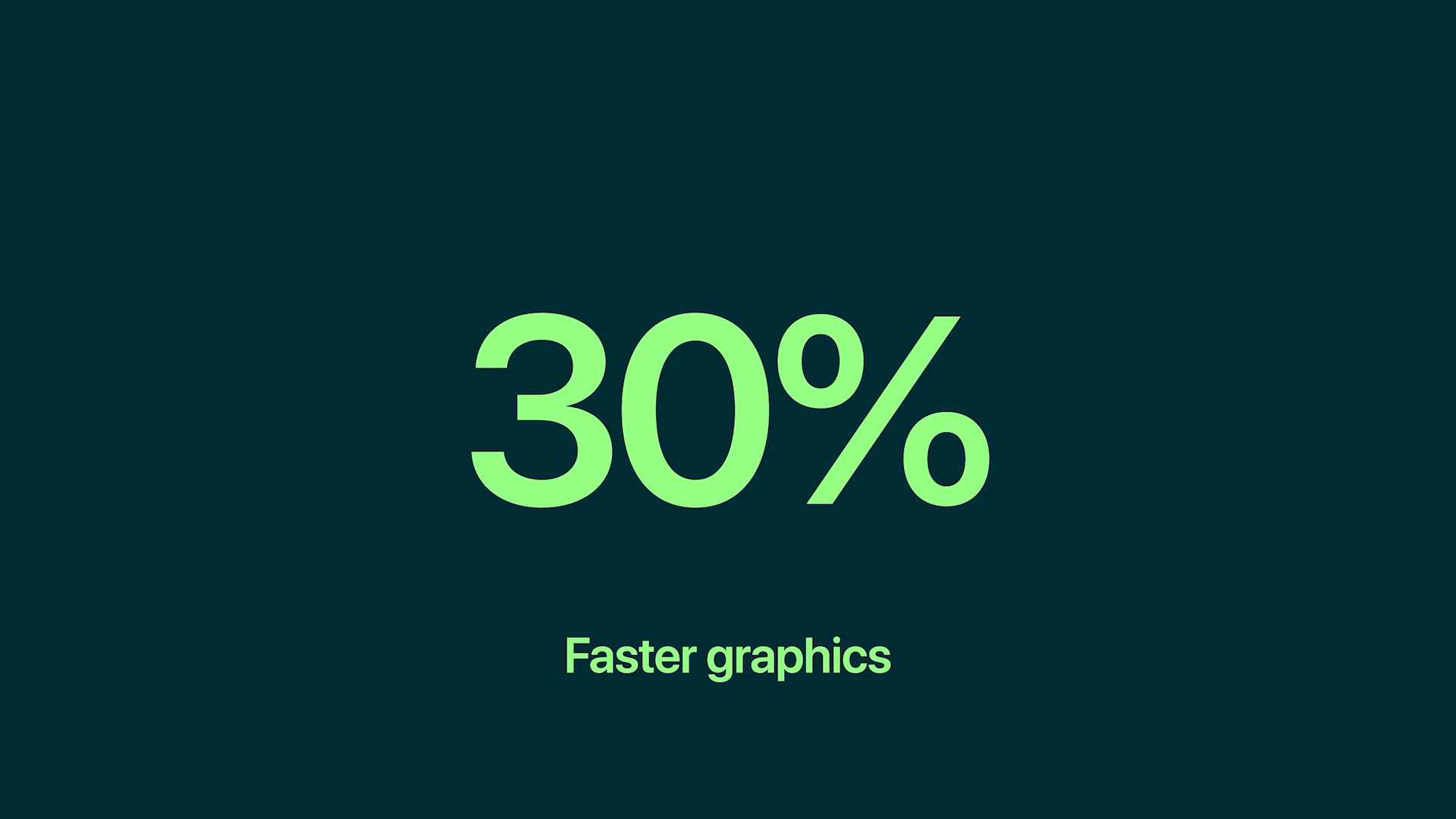

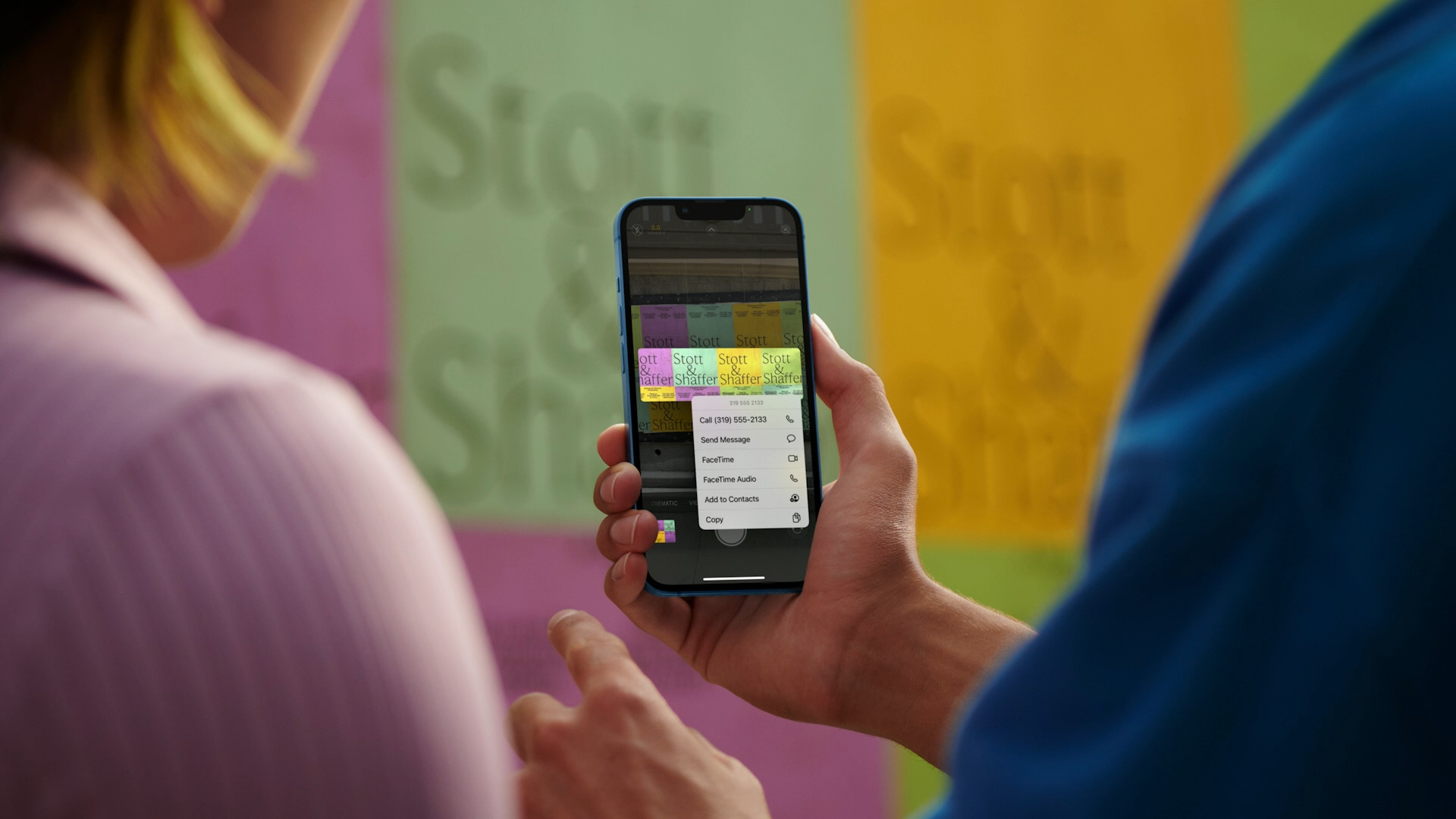

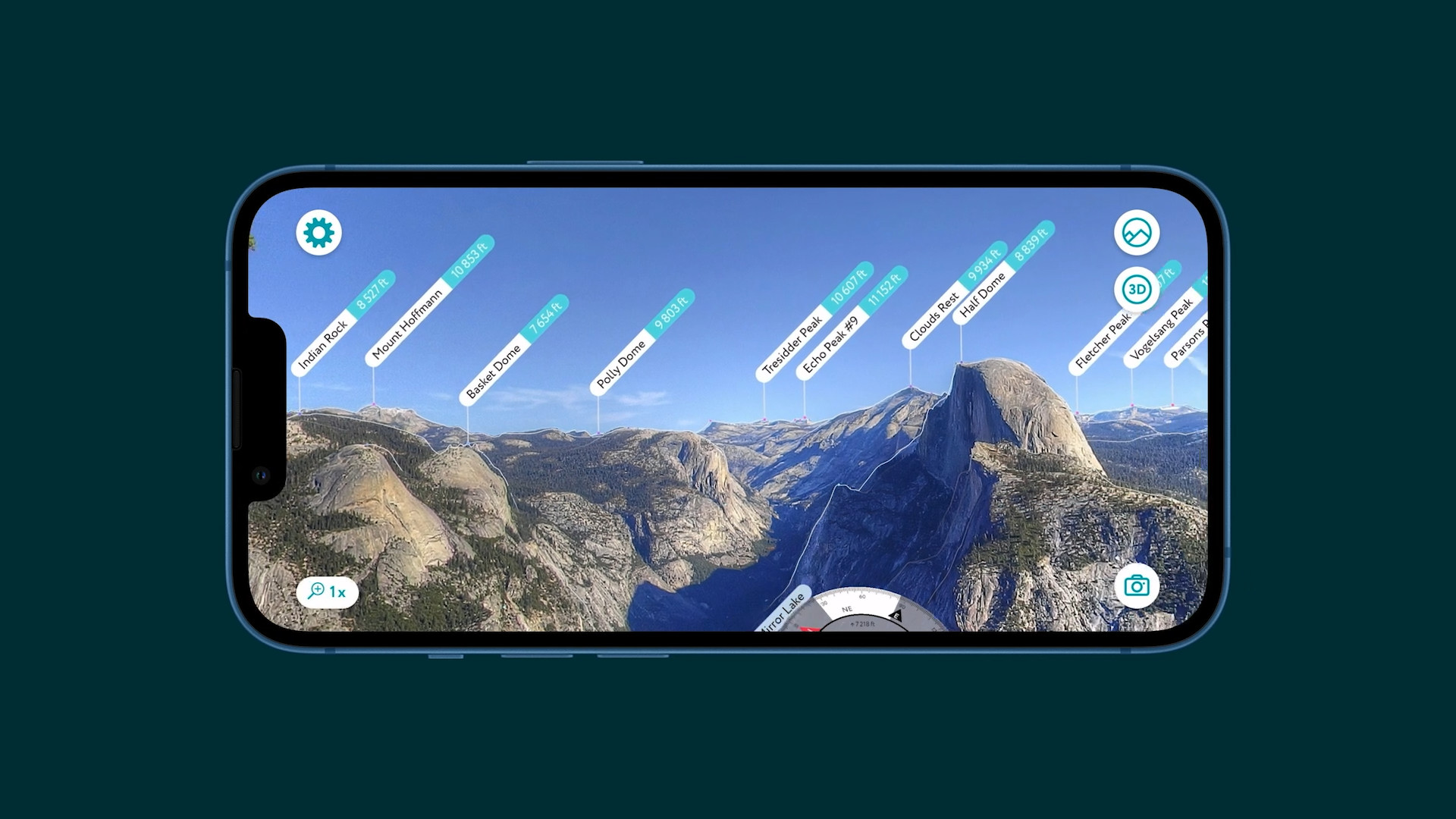
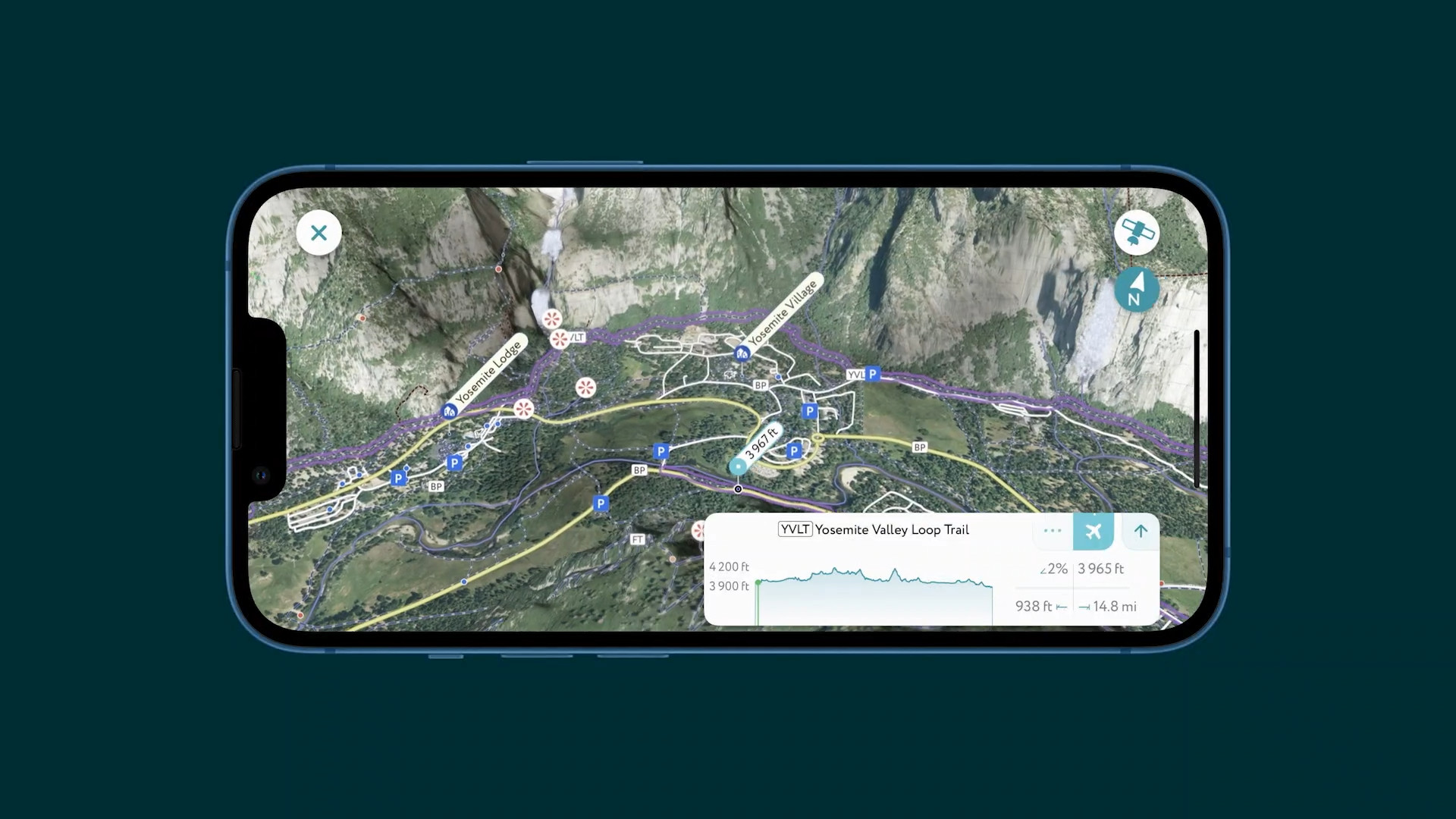
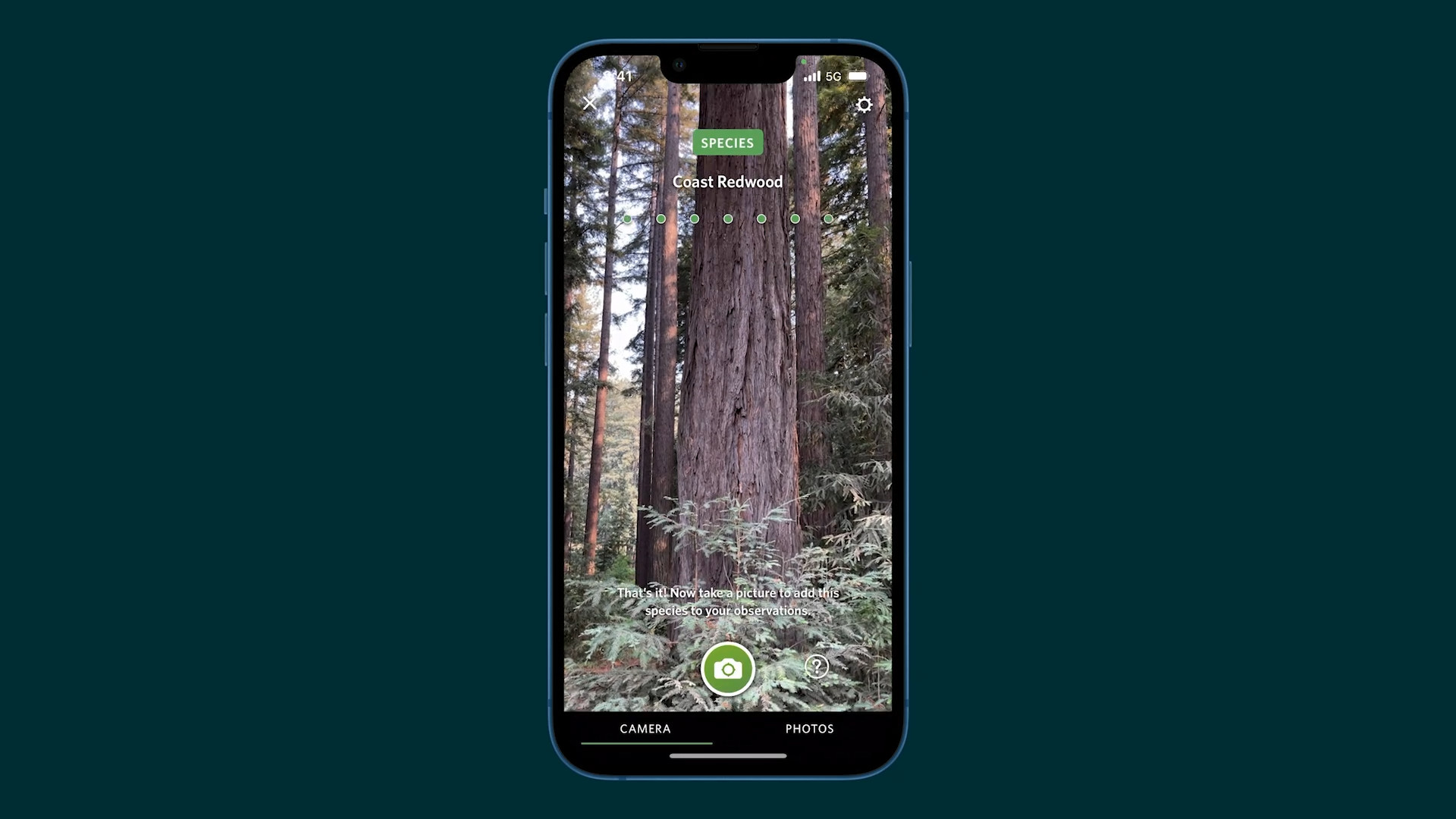
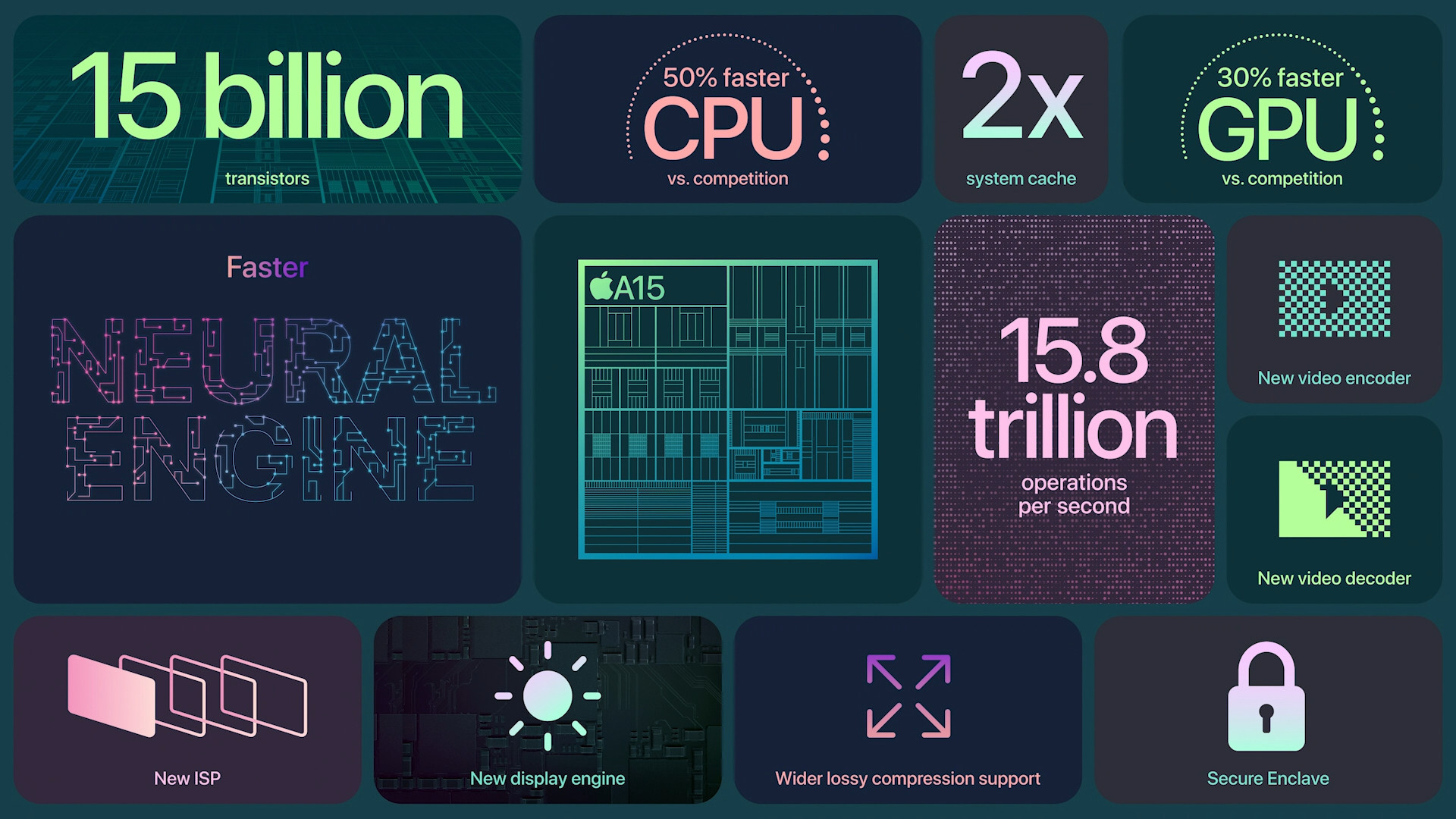


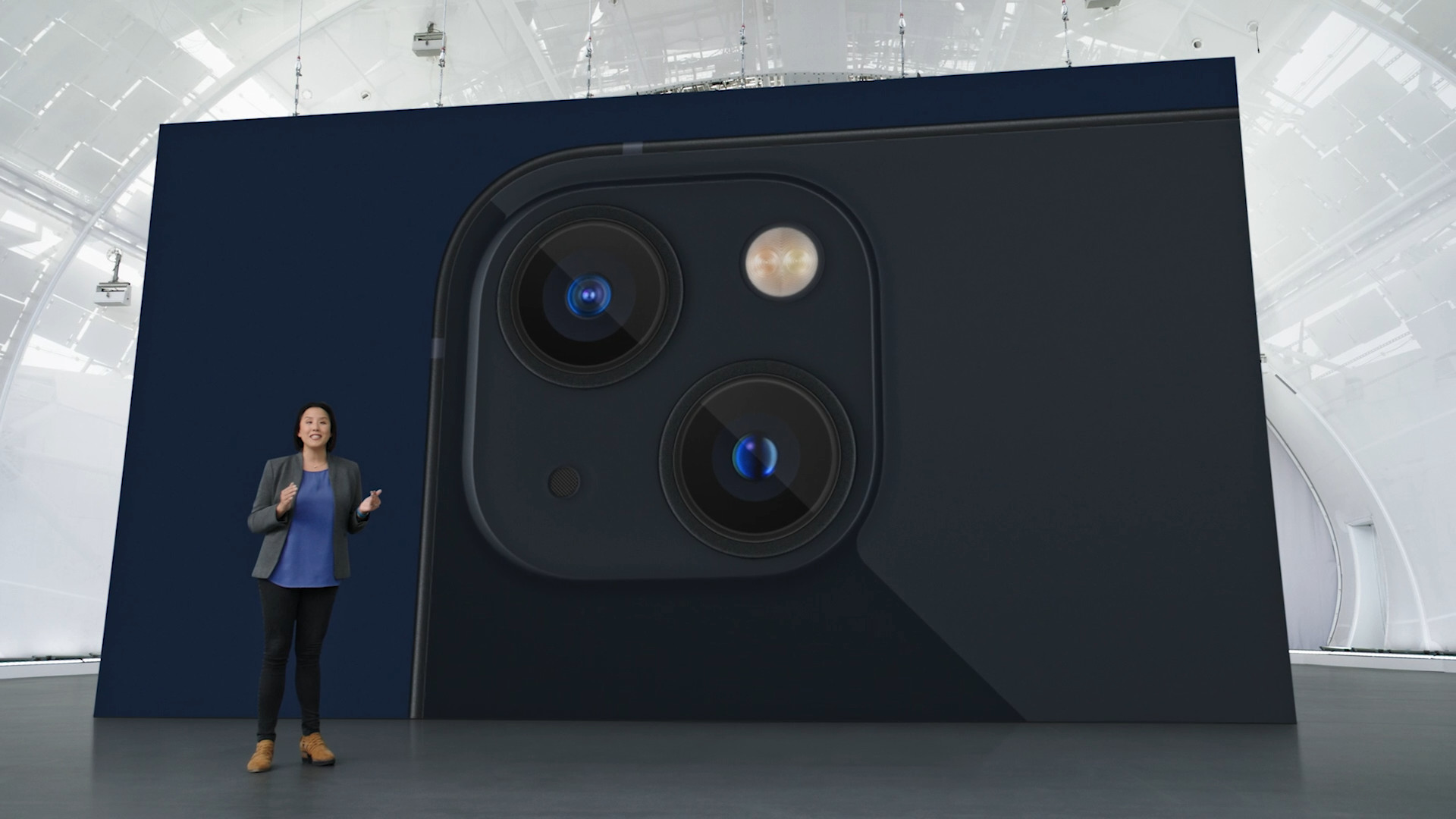

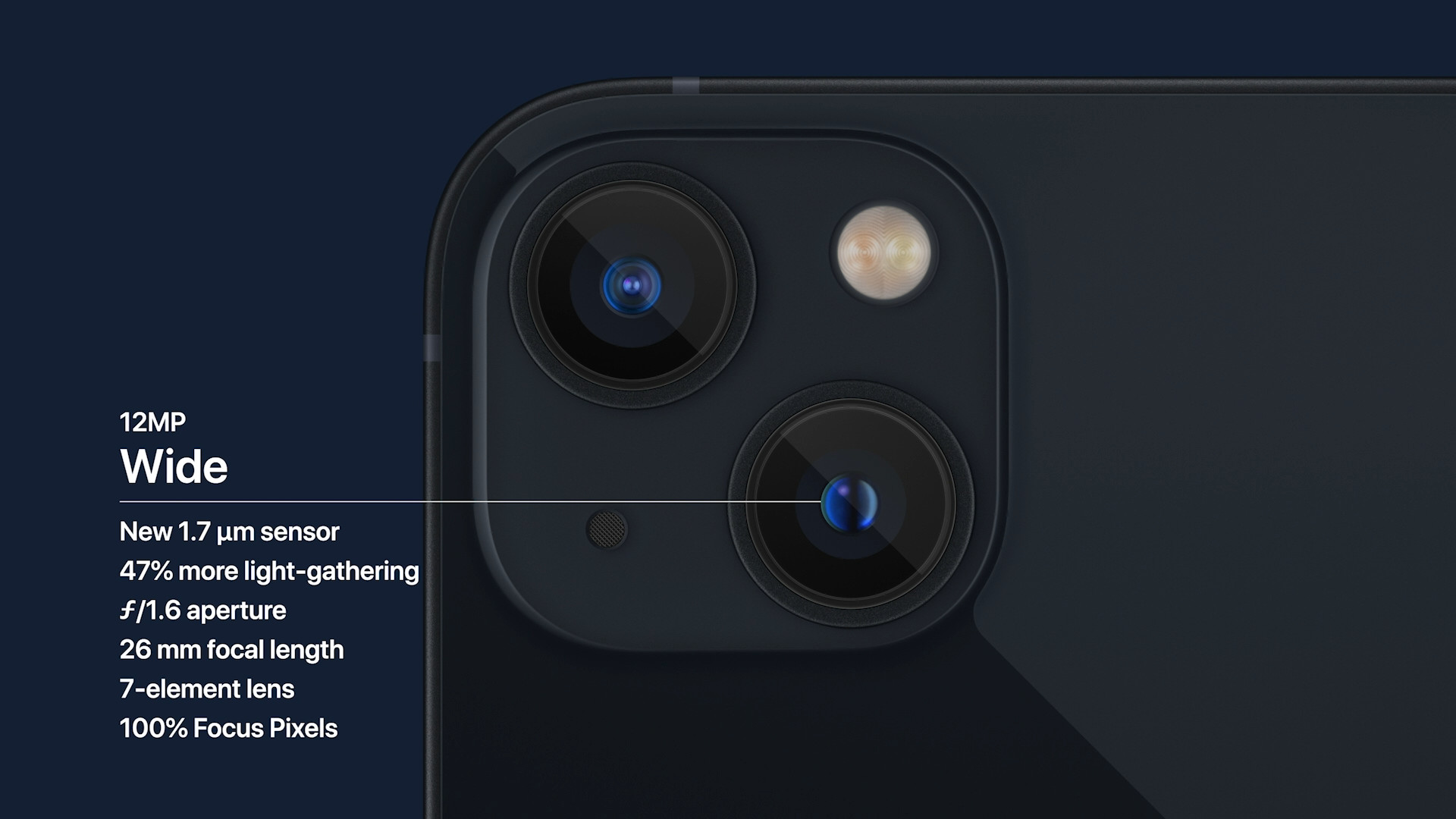

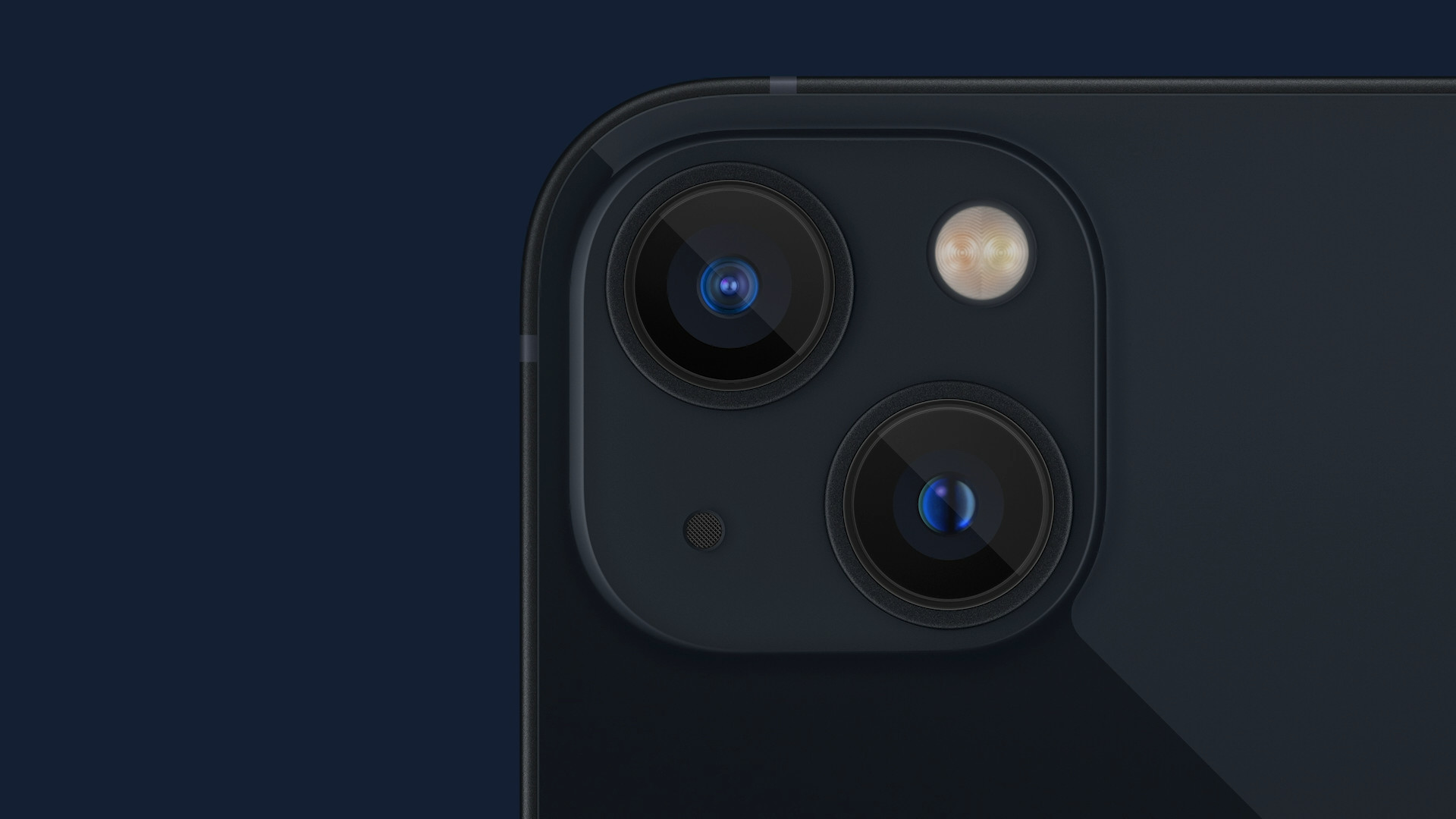
OK great. Everything the same as last year, and the biggest bomb of last year, the M1 chip, they completely screwed up. Cool! The main thing is that we have new crayons.
Well, I was hoping it would be some form of touch id.
Ah, so actually a very minimal upgrade compared to the 12. I'm happy to keep my 12mini and wait to see if there's a 14 in the mini version.
I don't know if it's time to look at some Android, because they are trying to at least keep innovating and moving forward, but Apple is really starting to freeze. This year it was all about nothing.